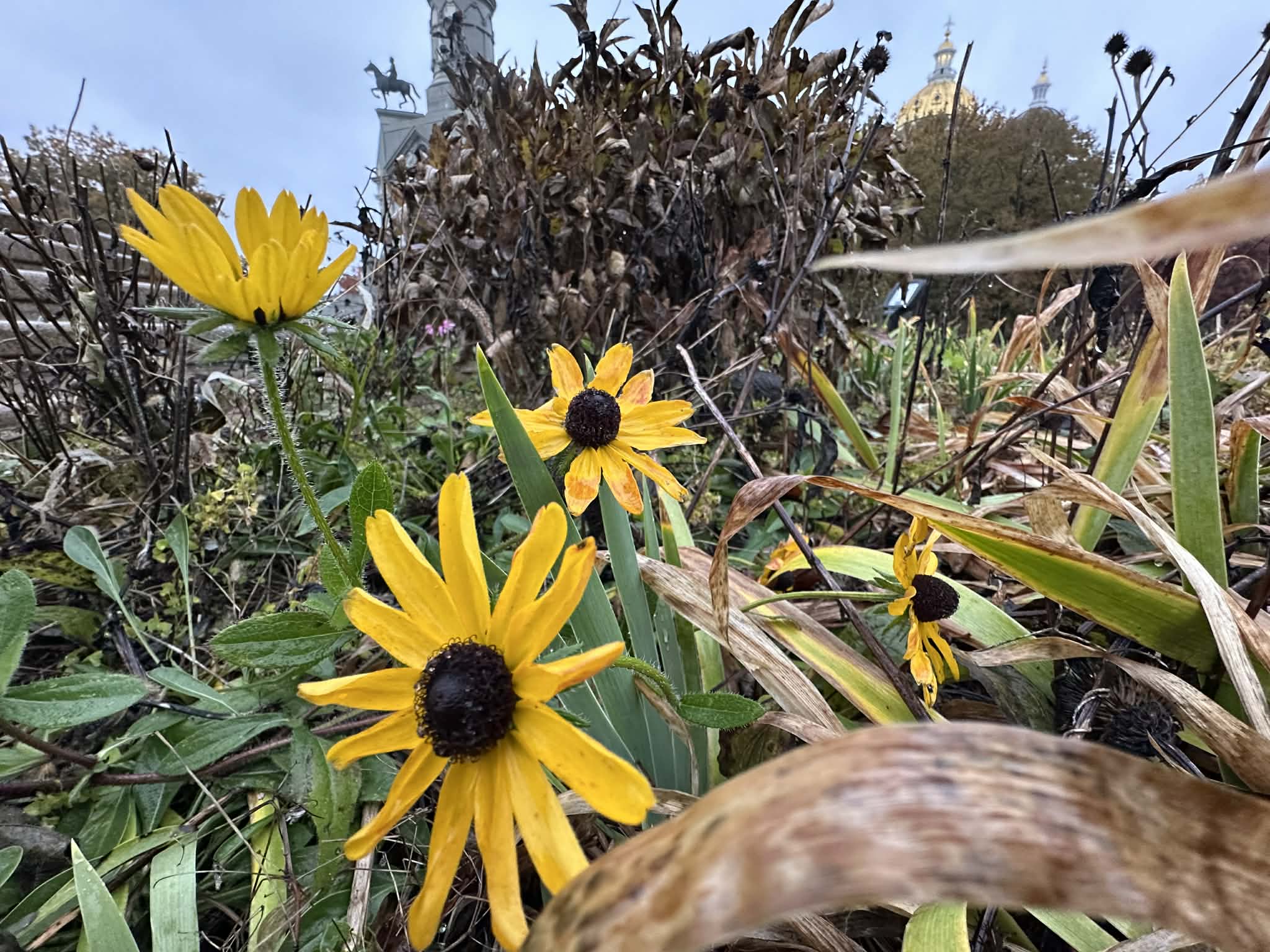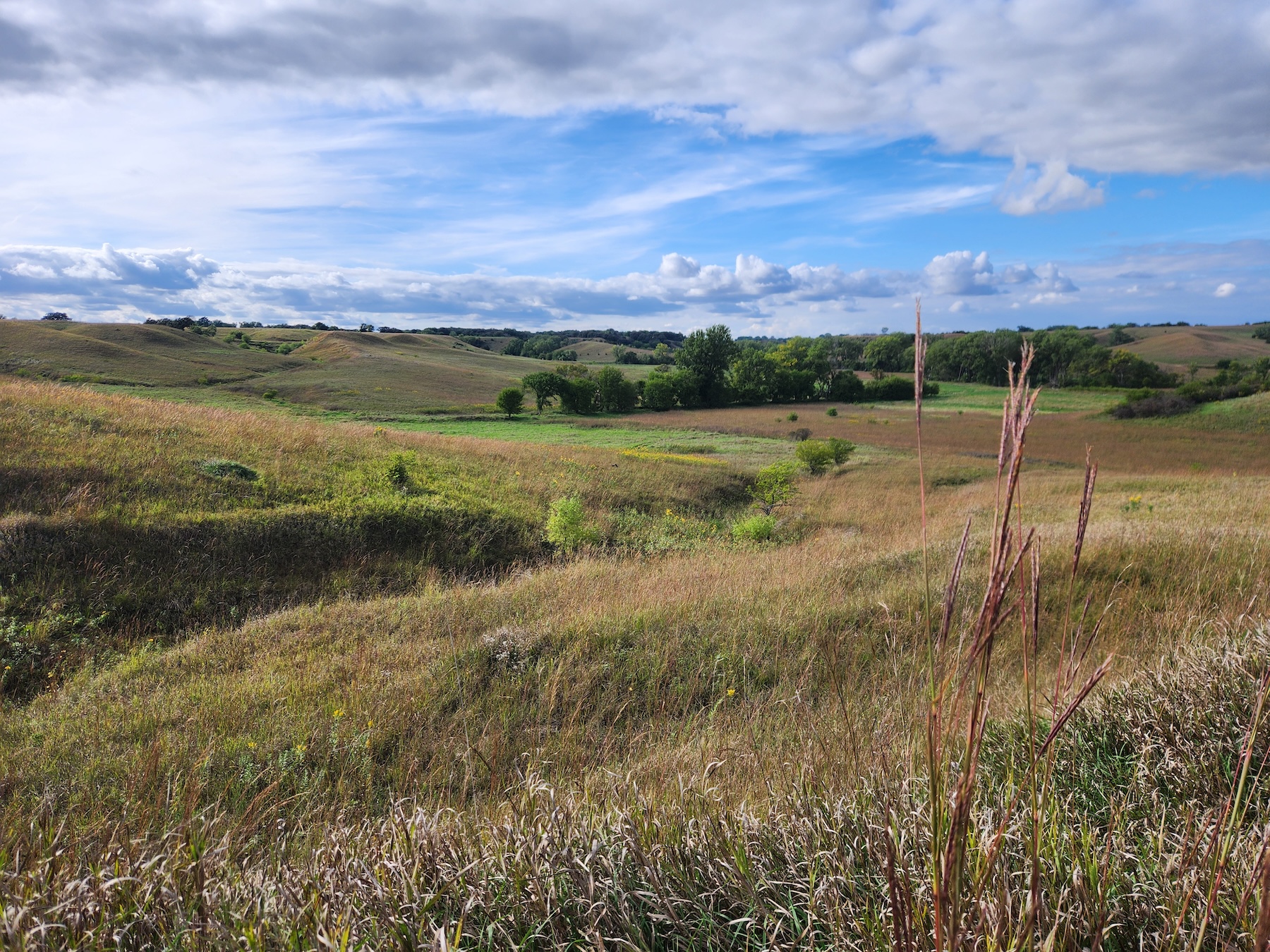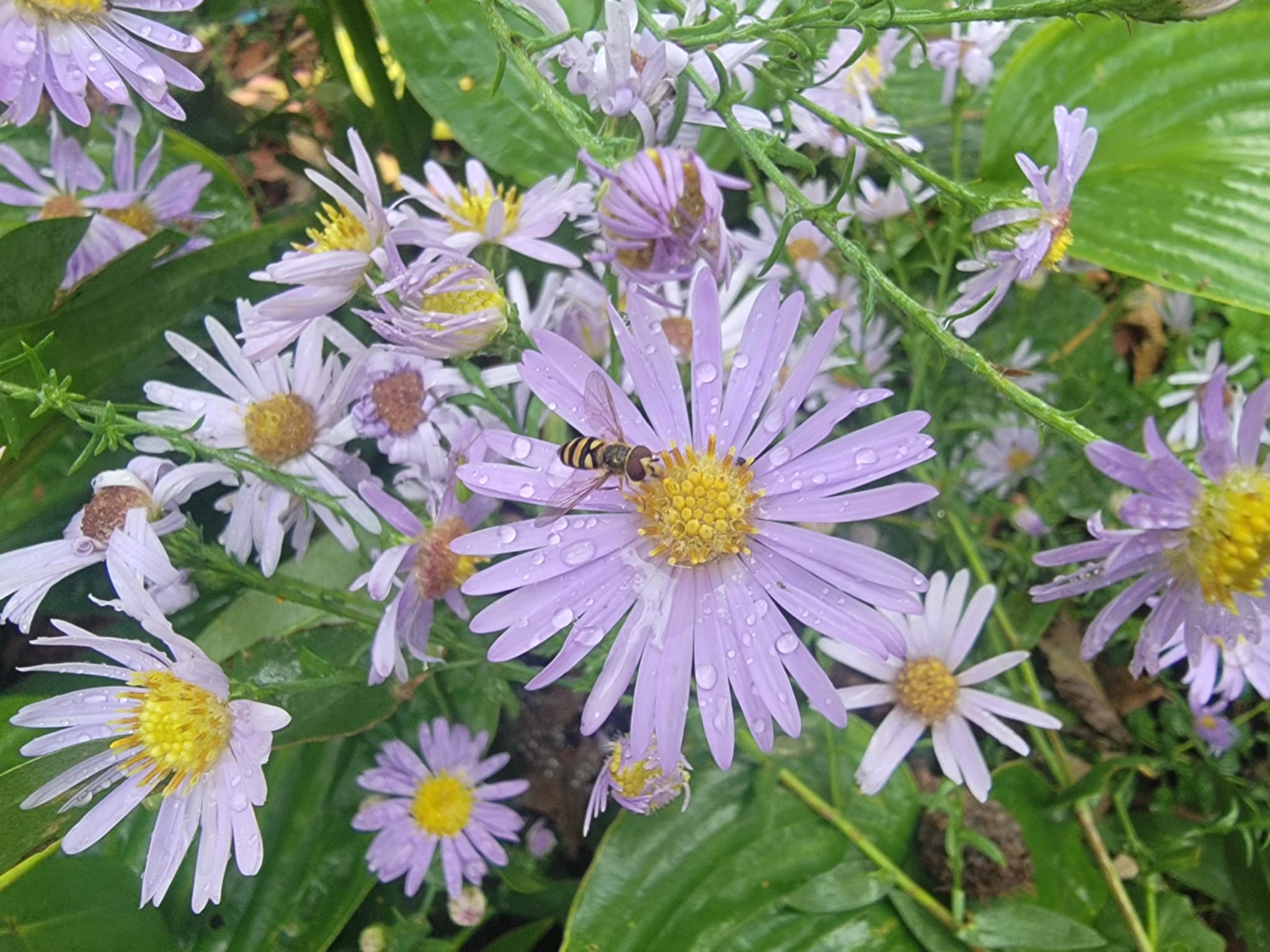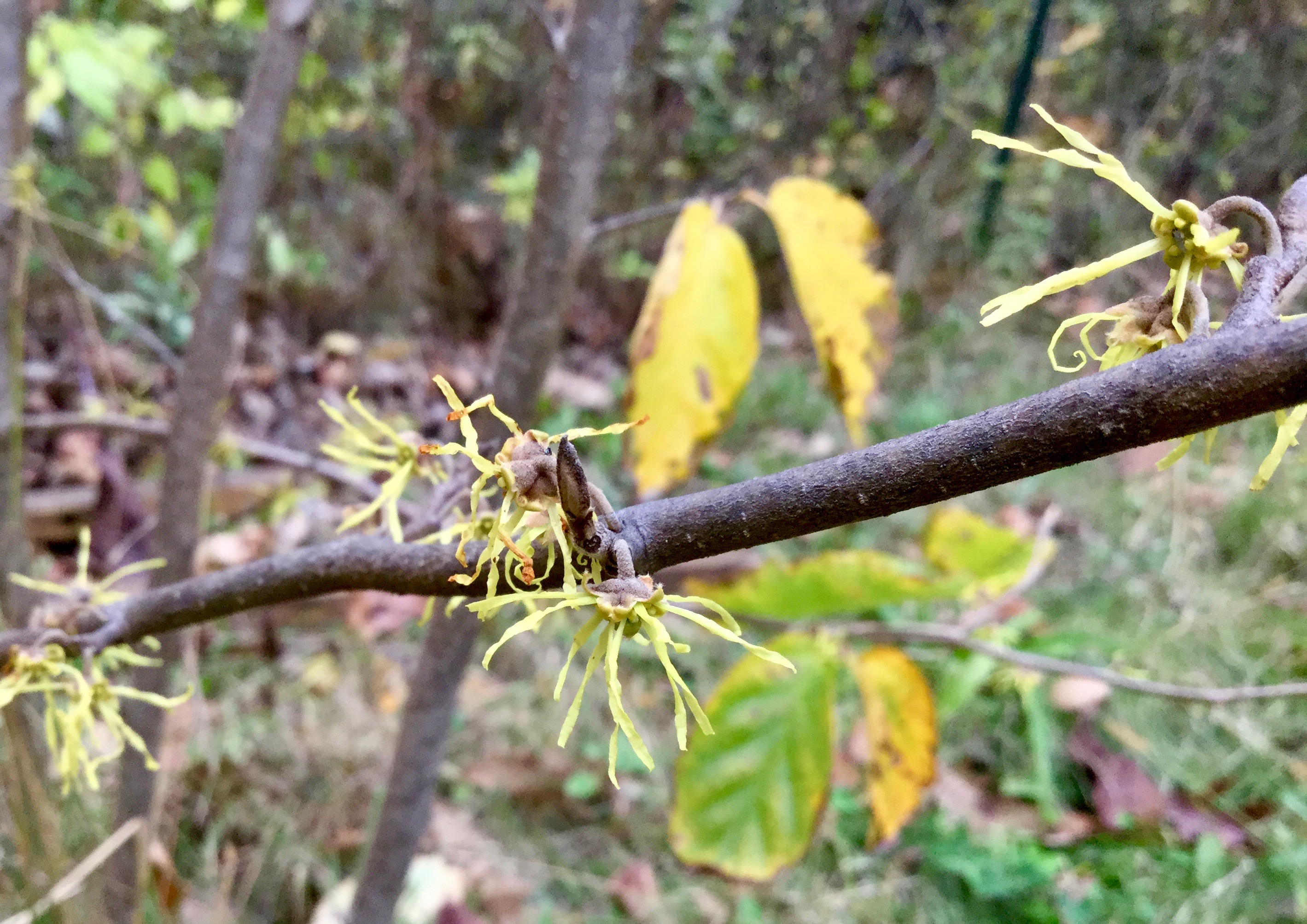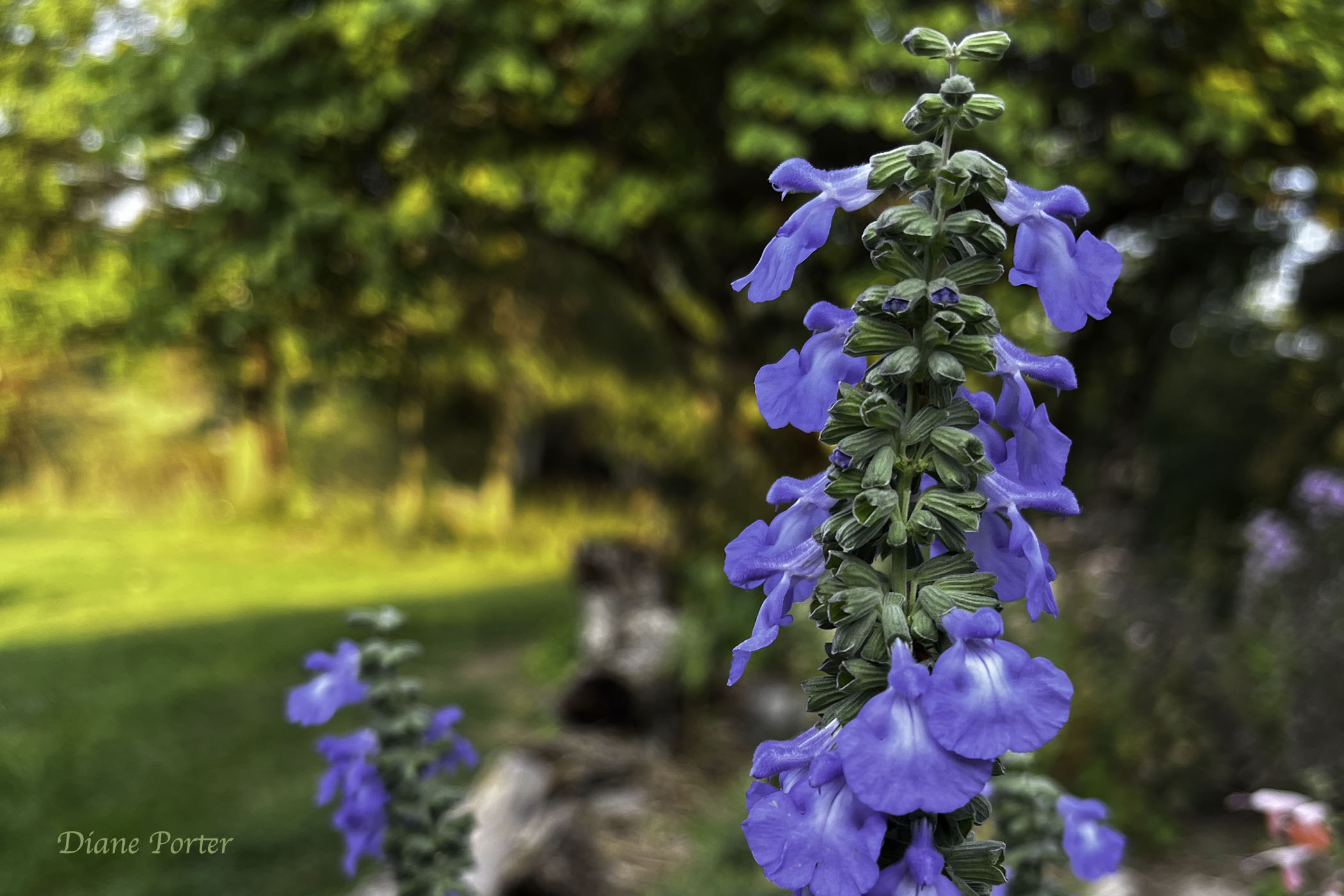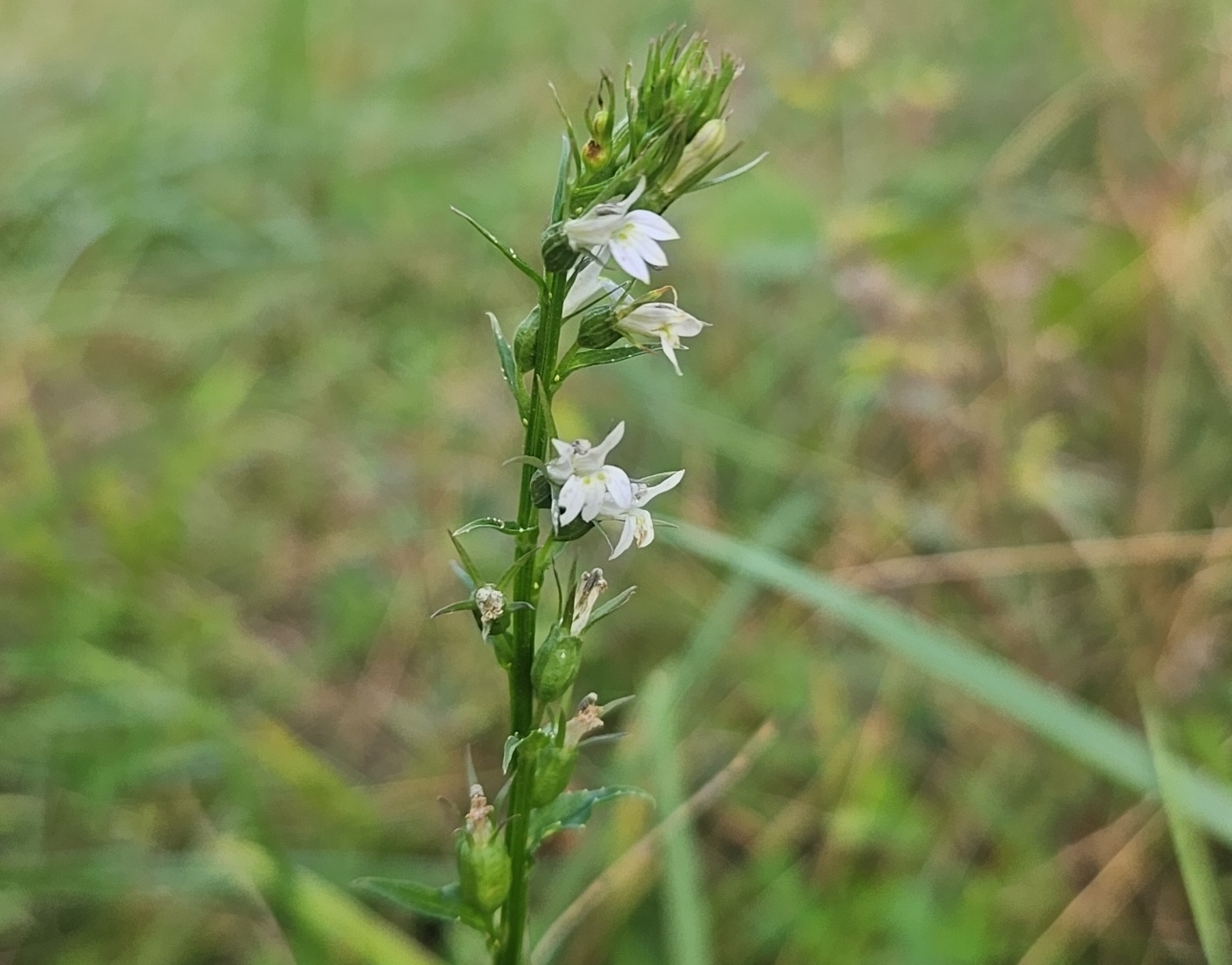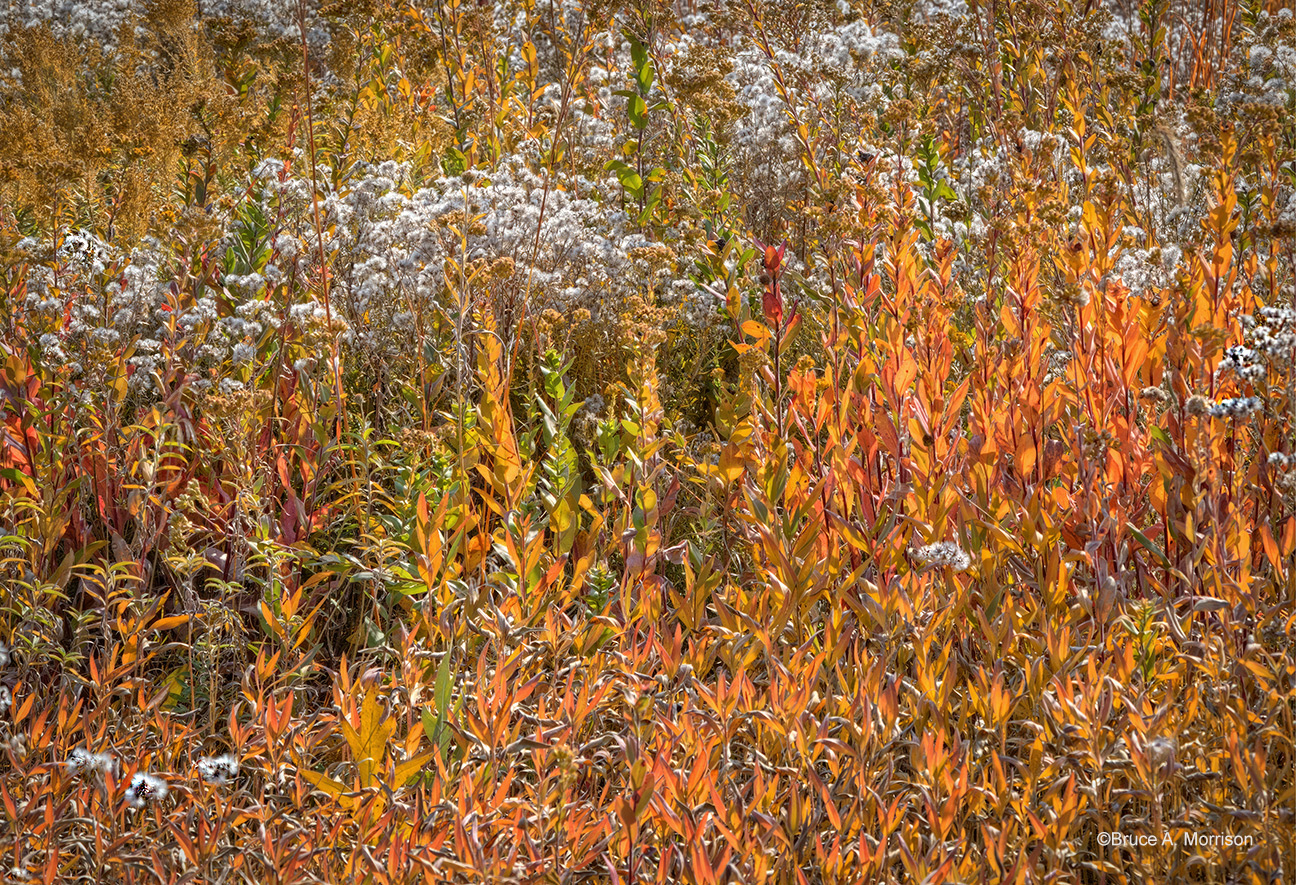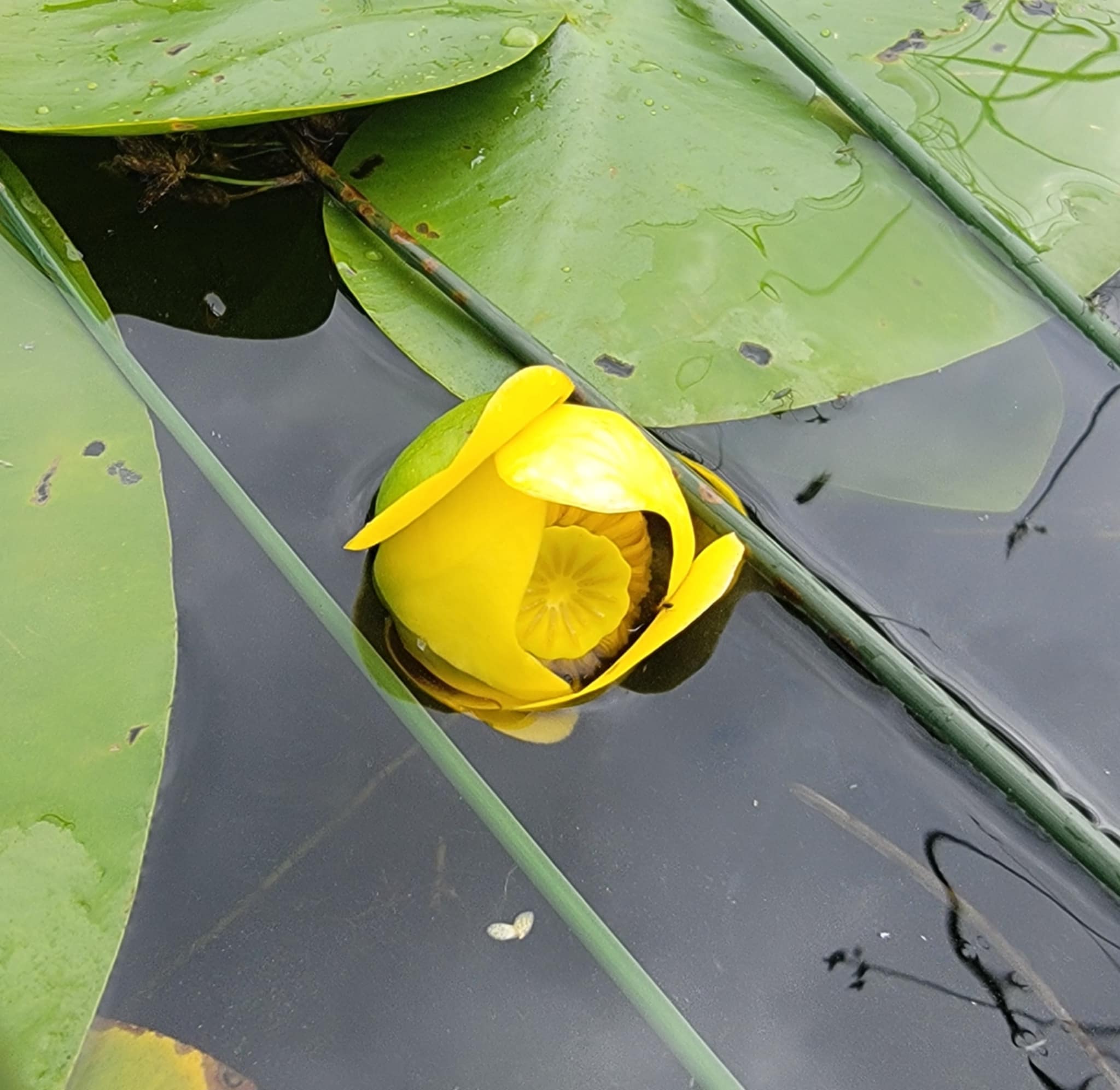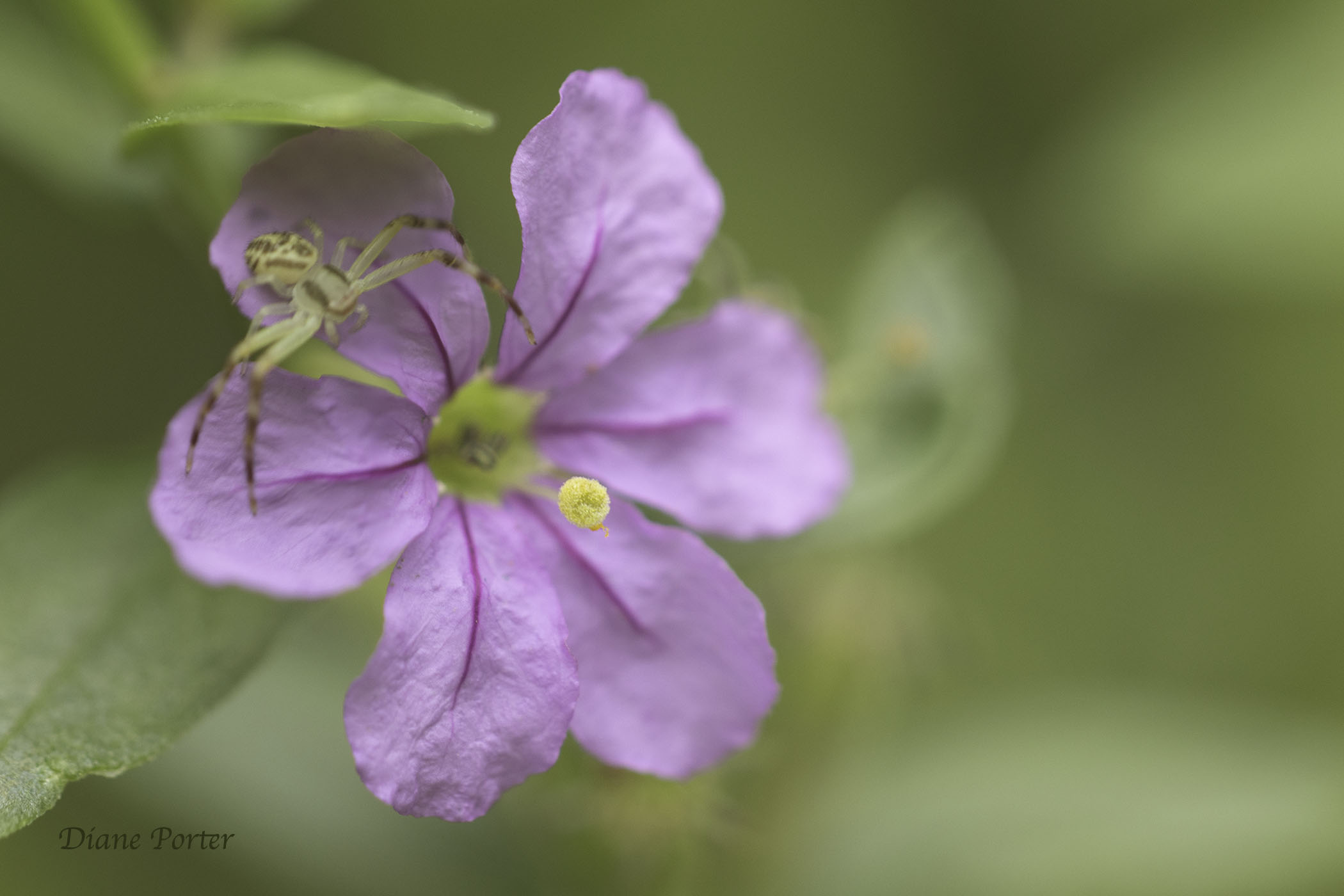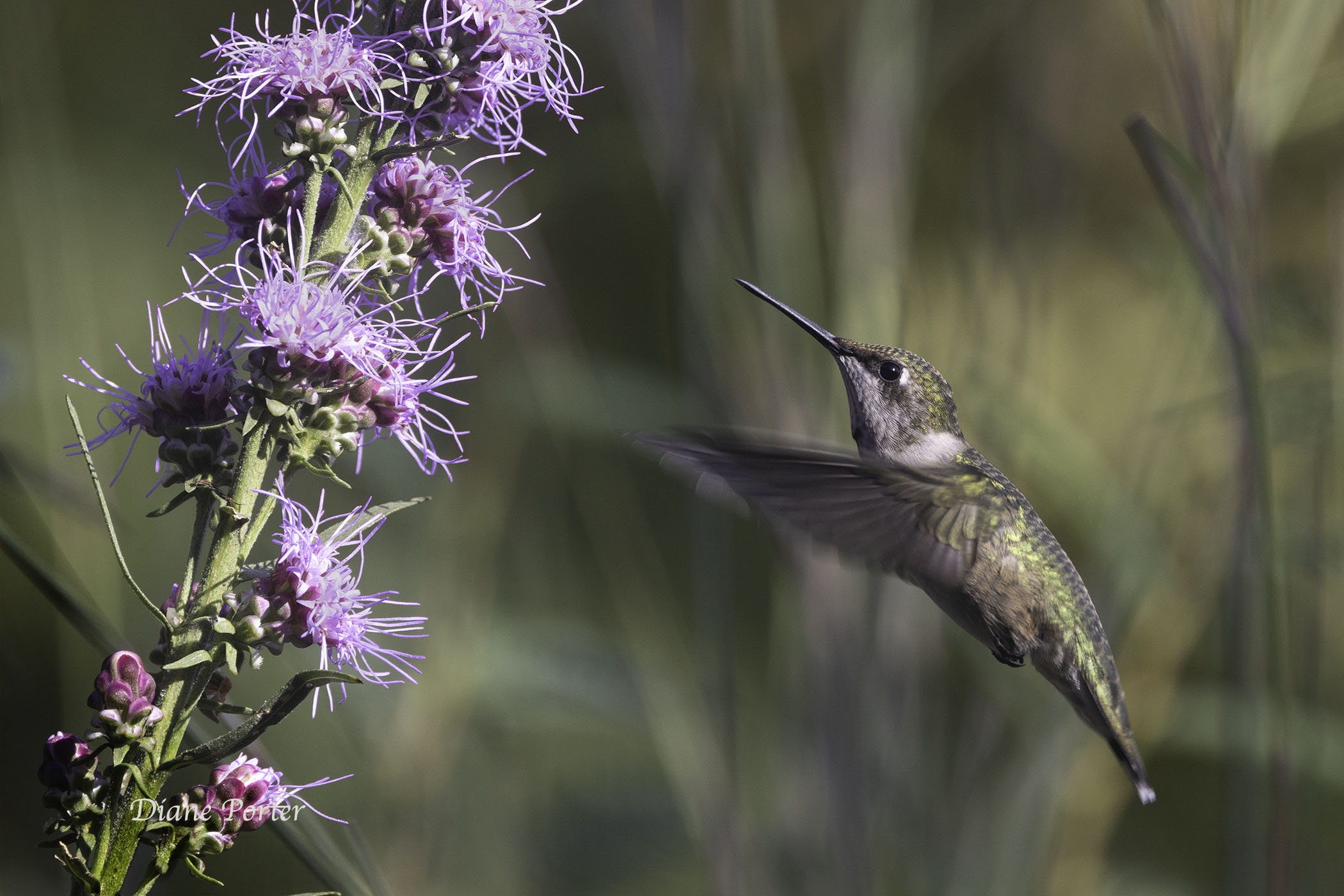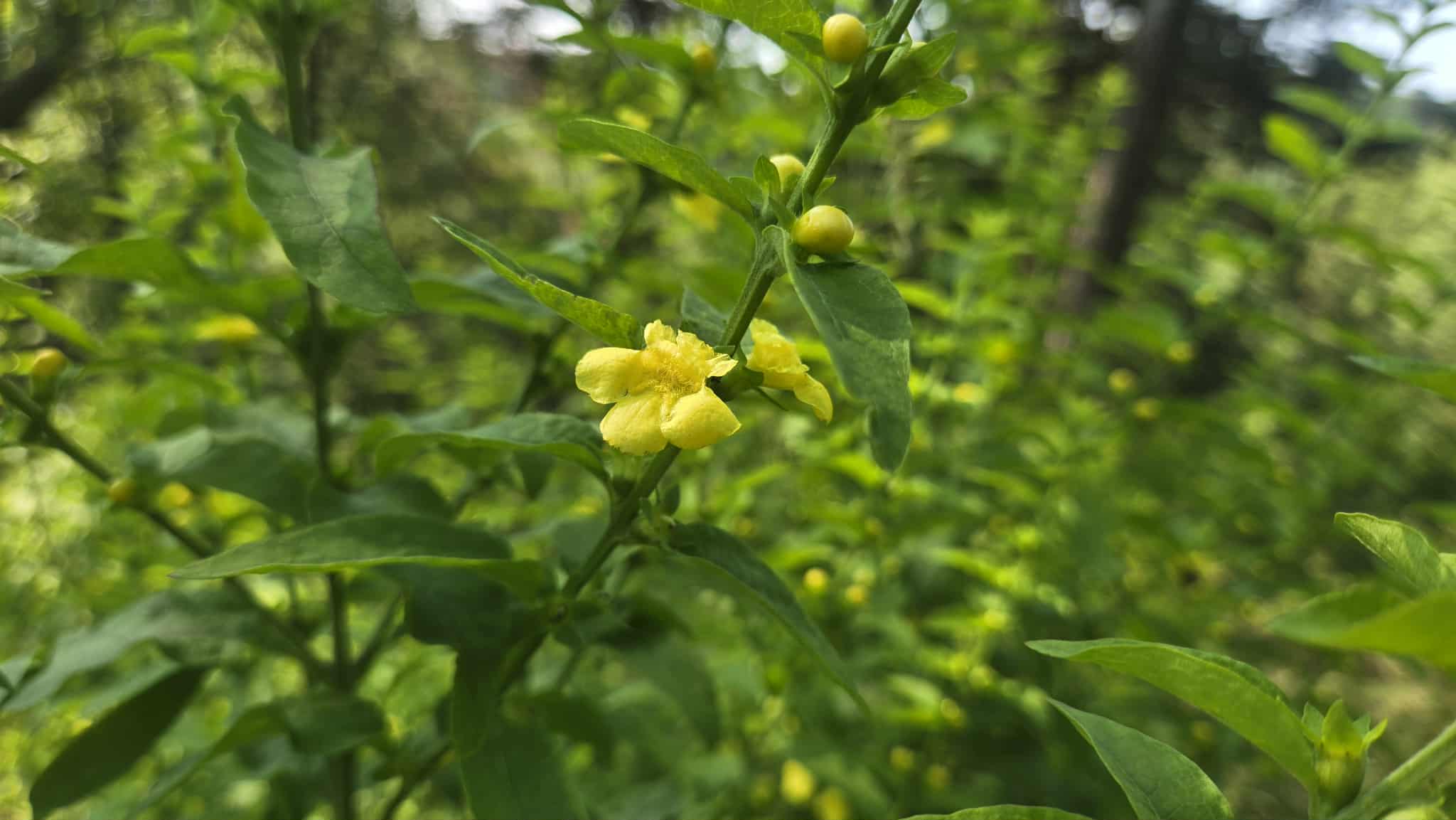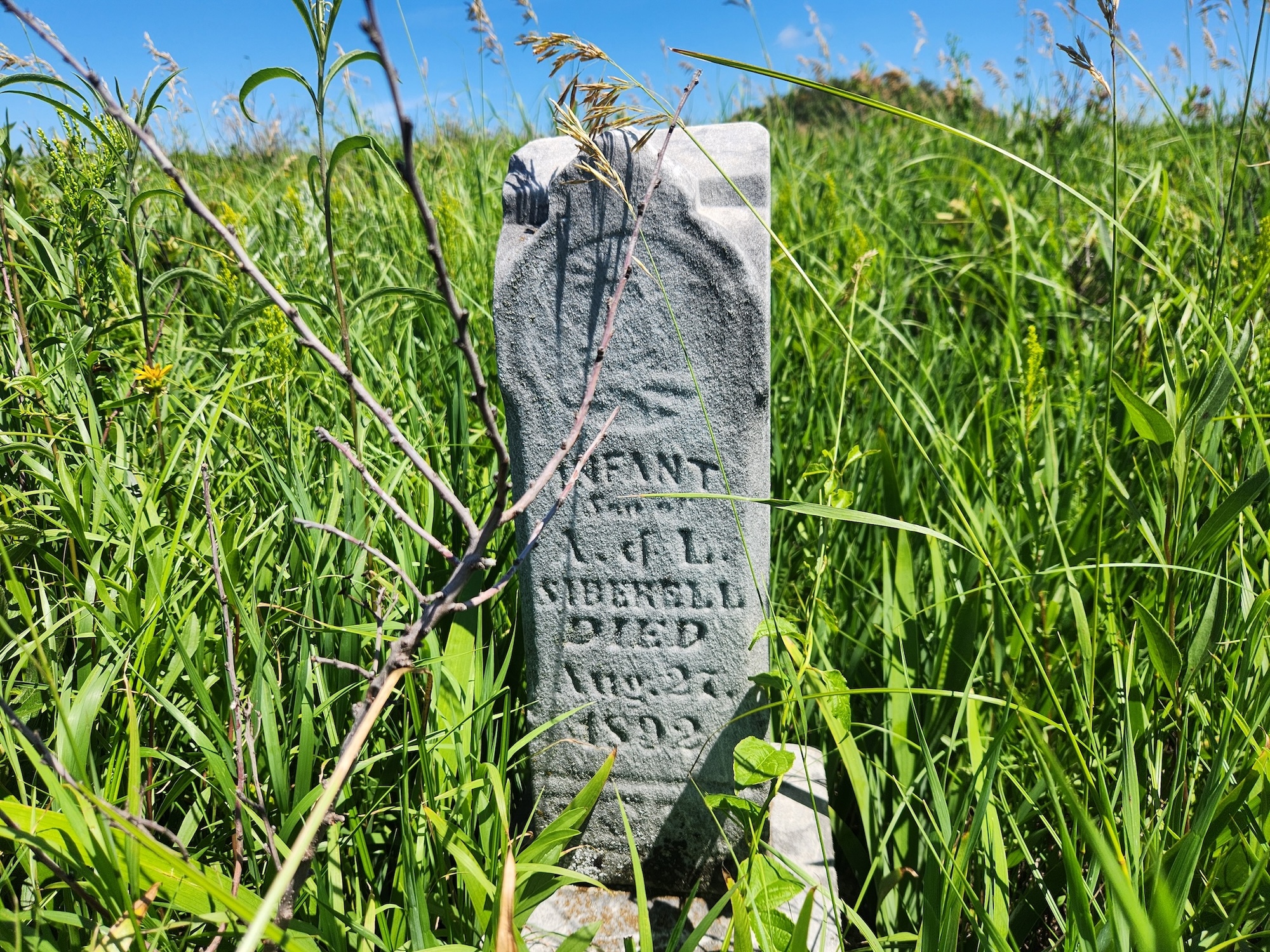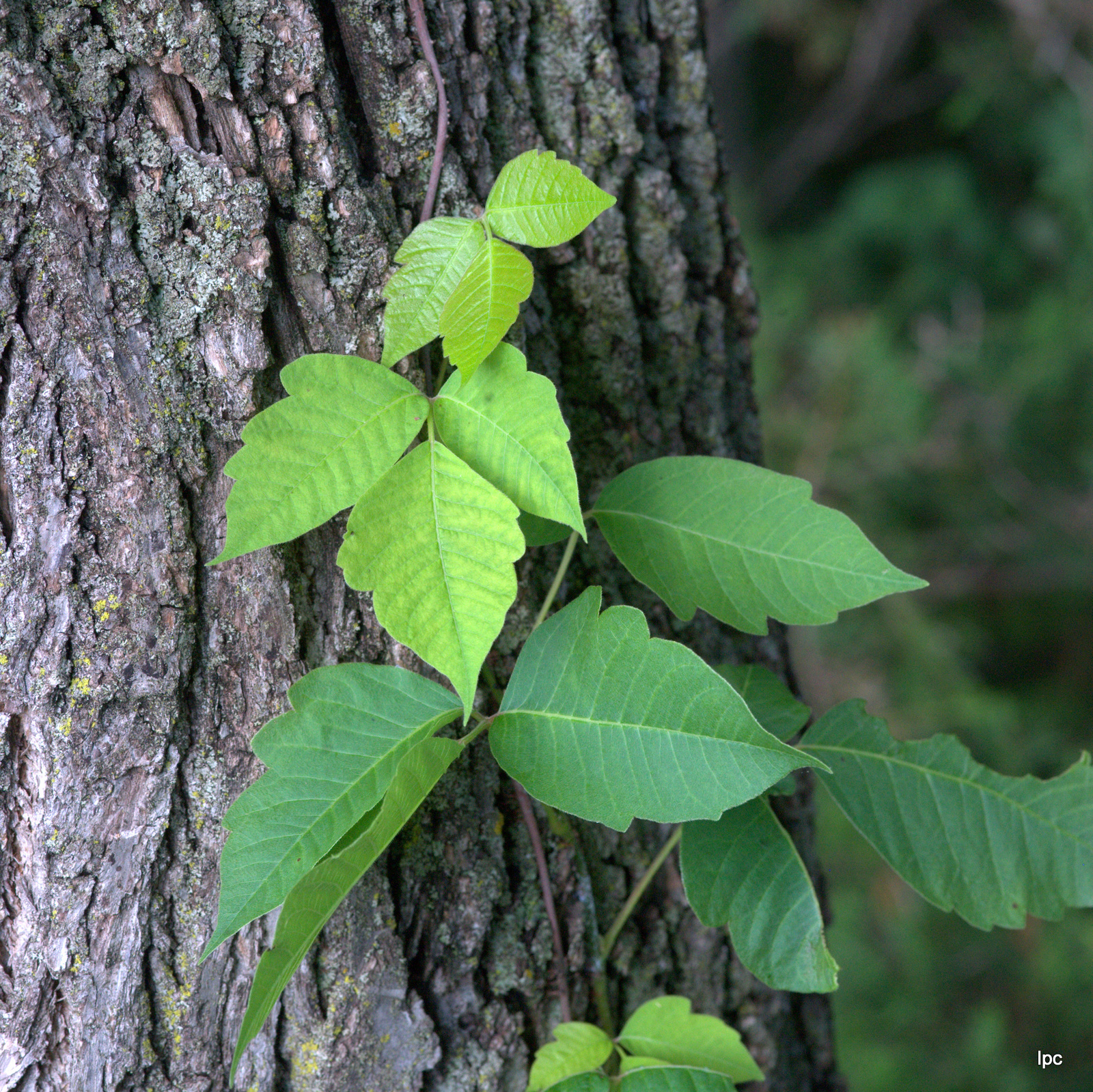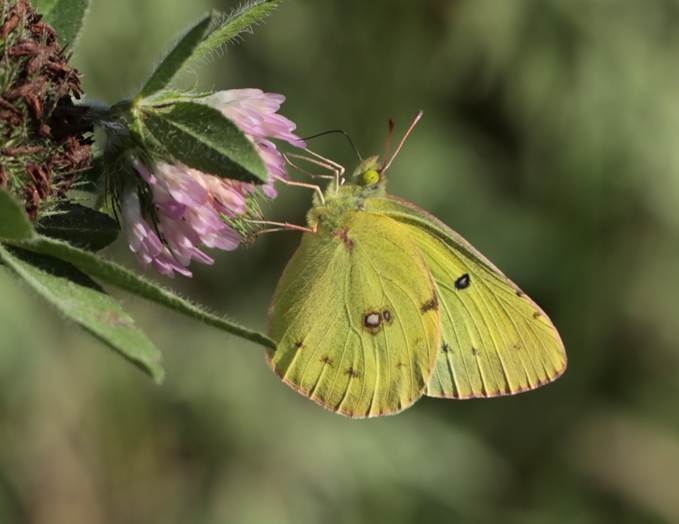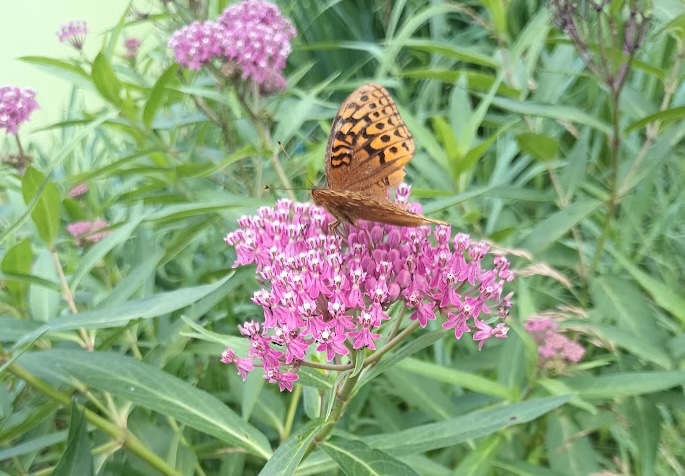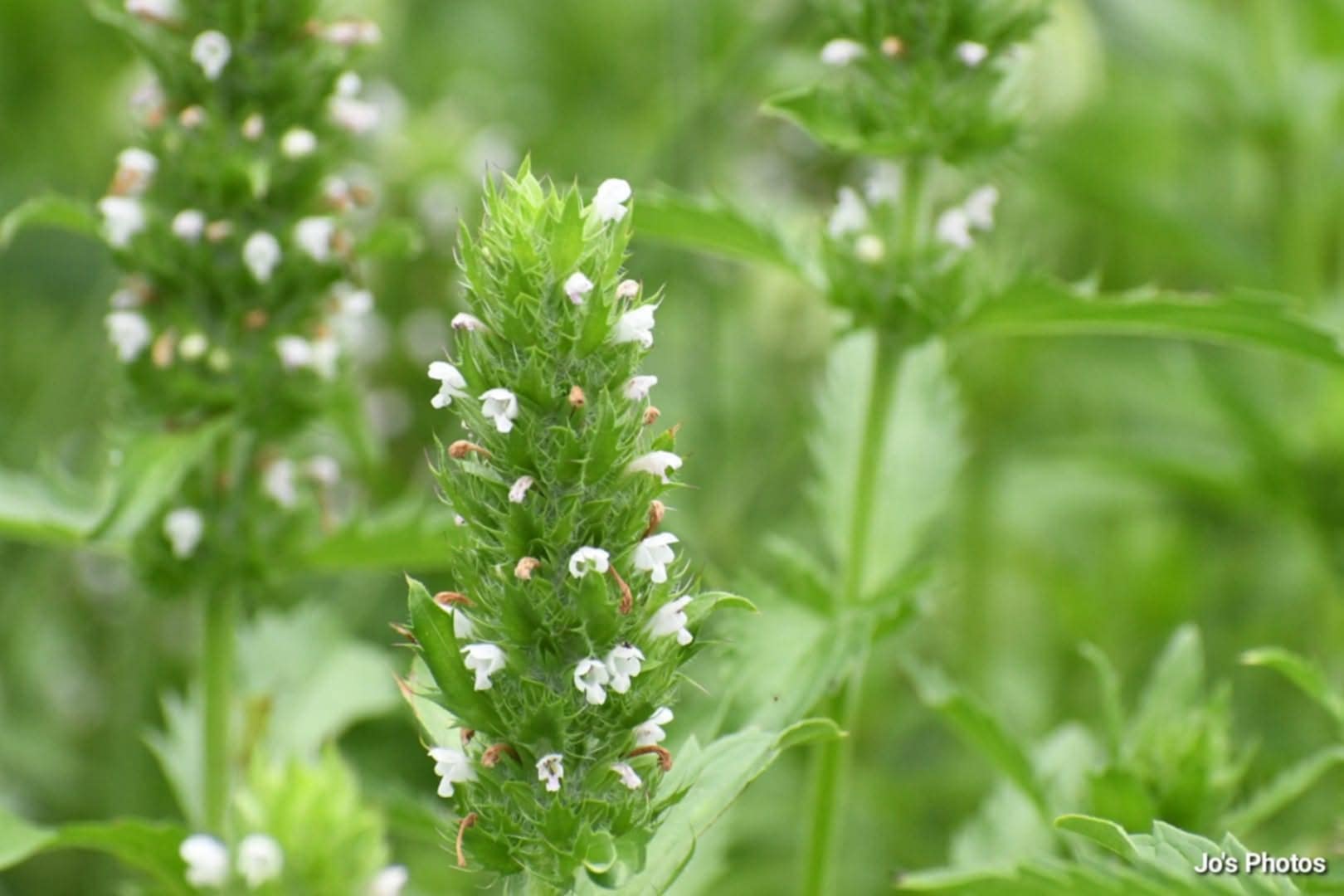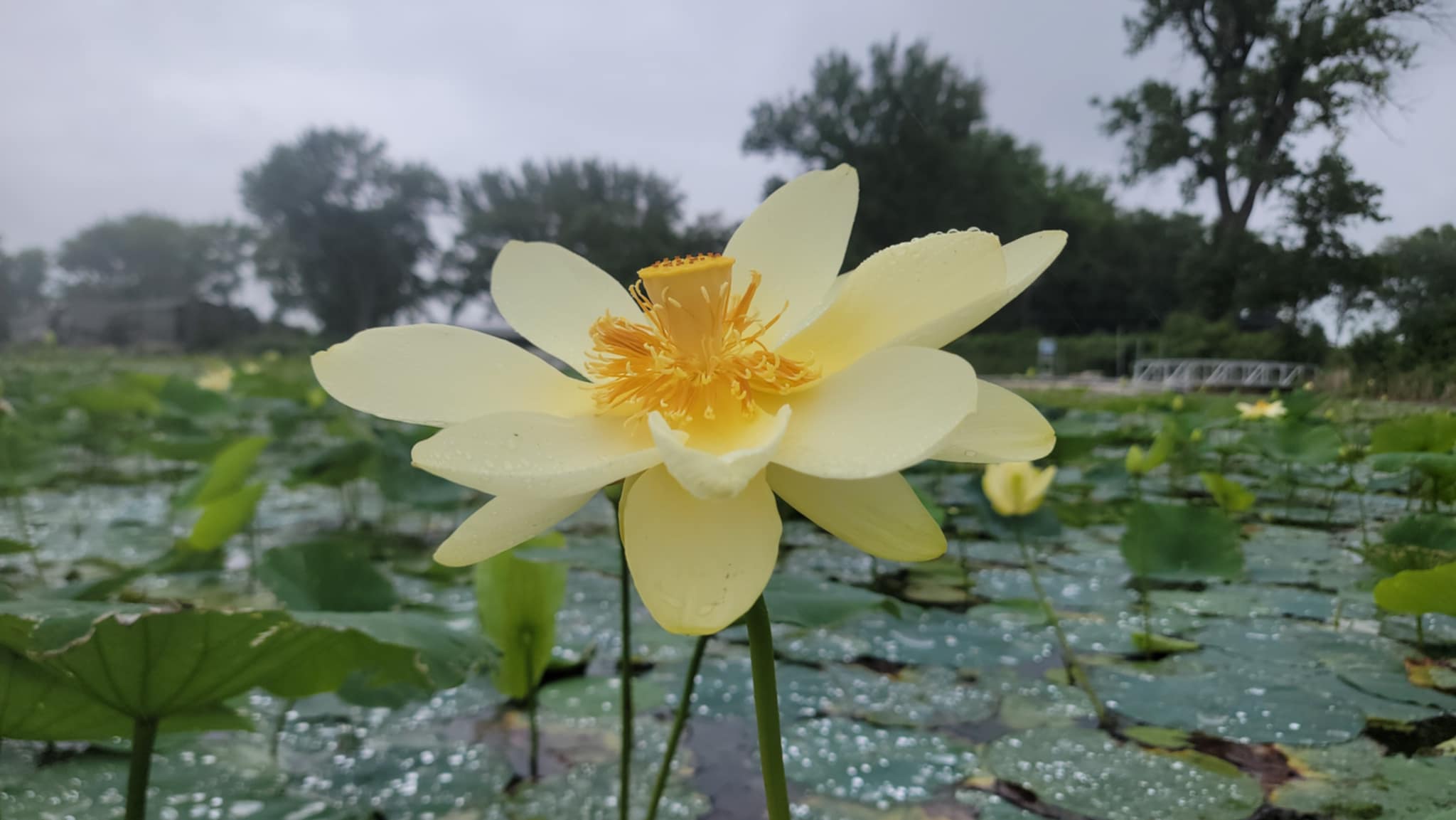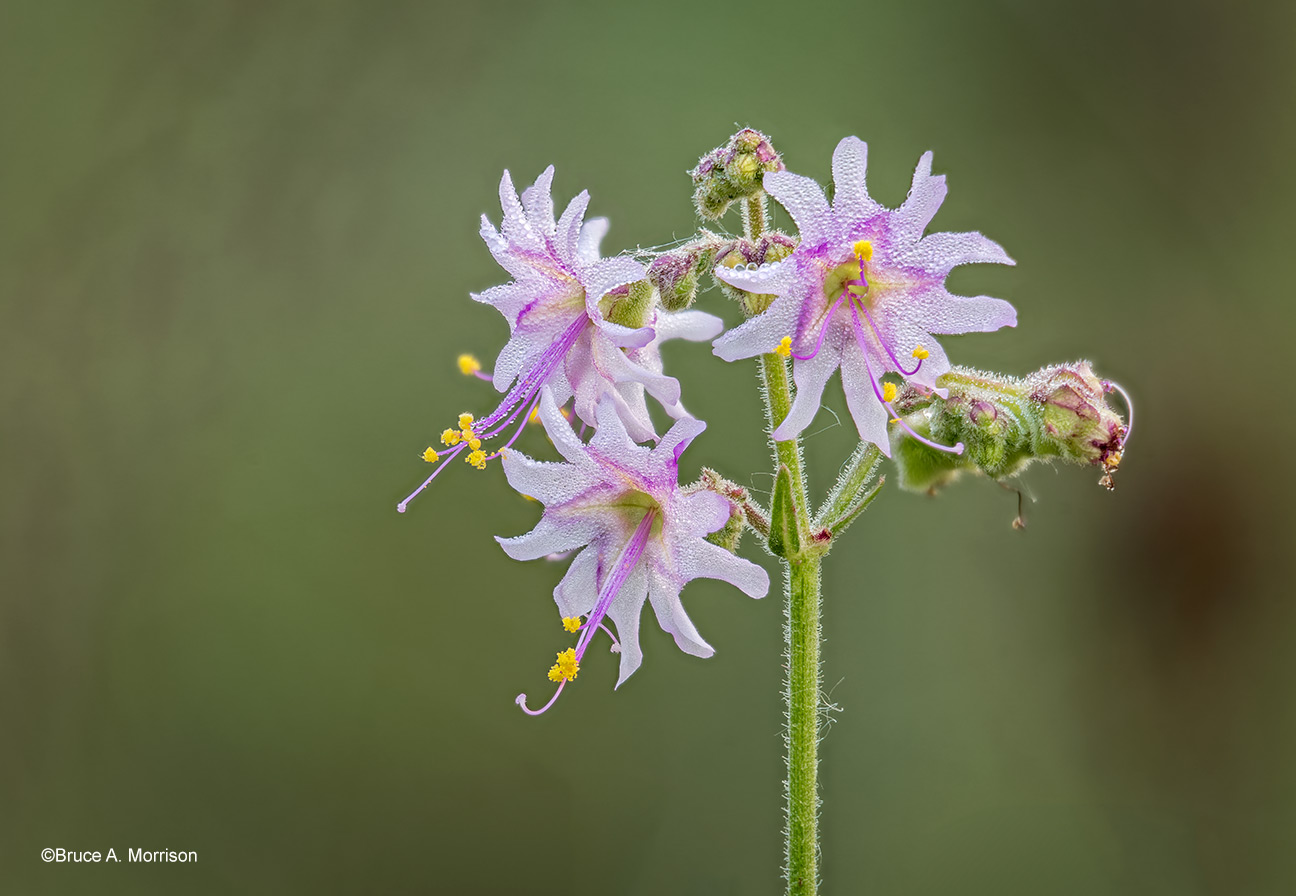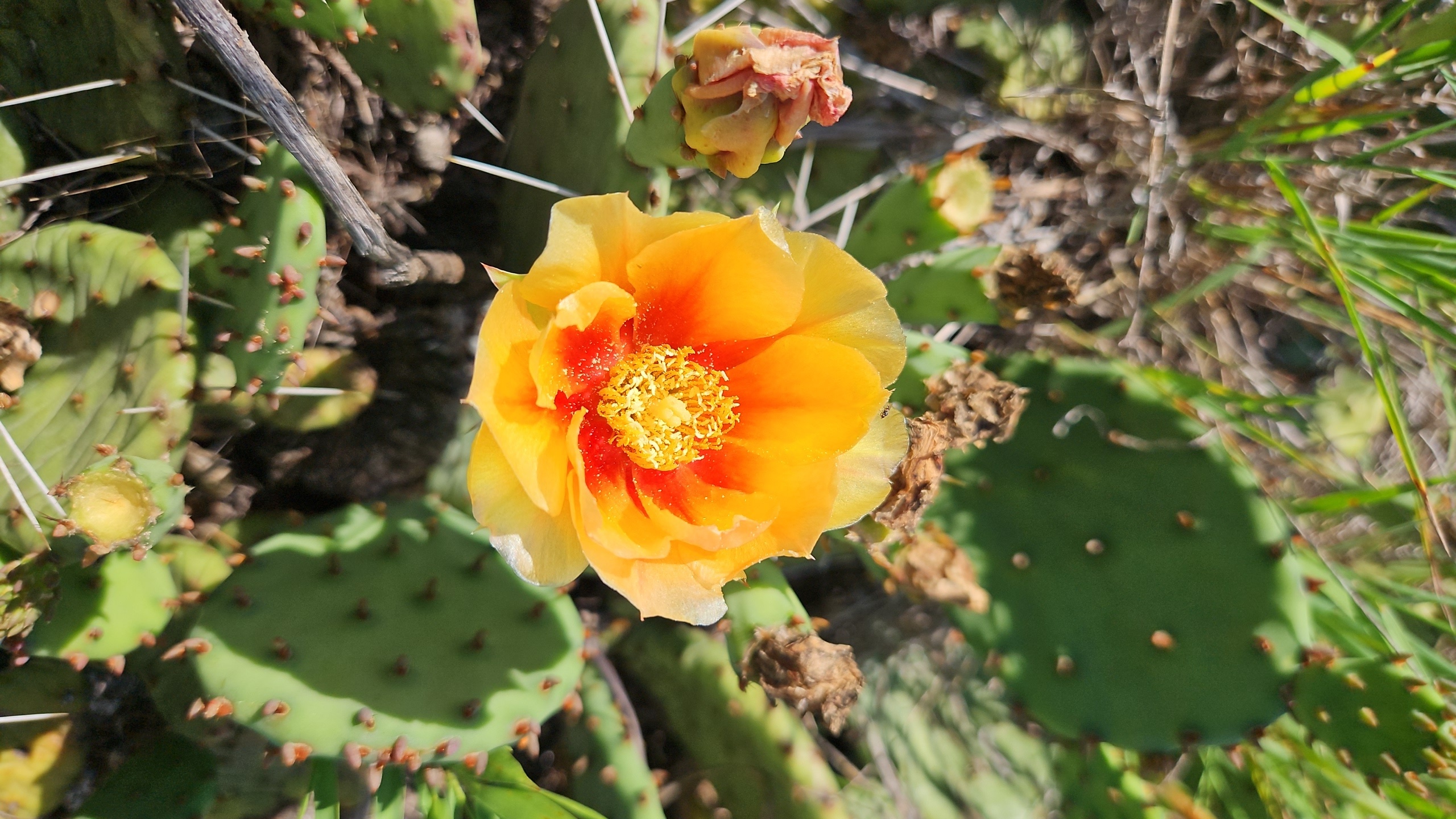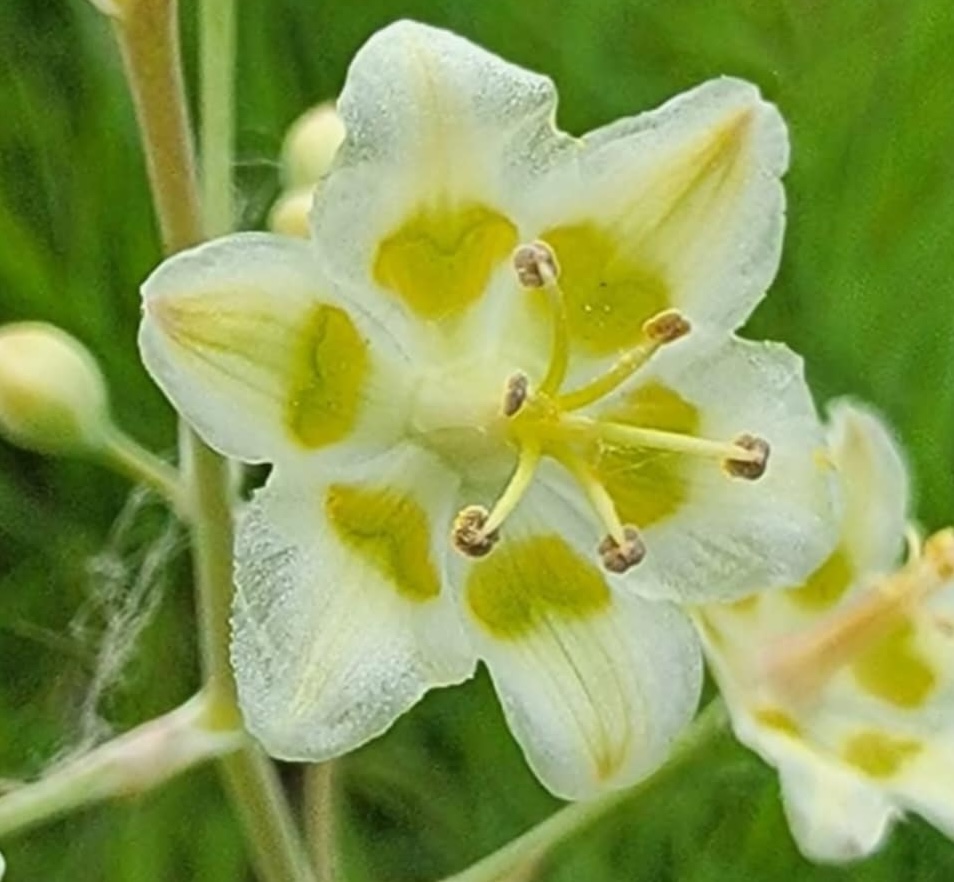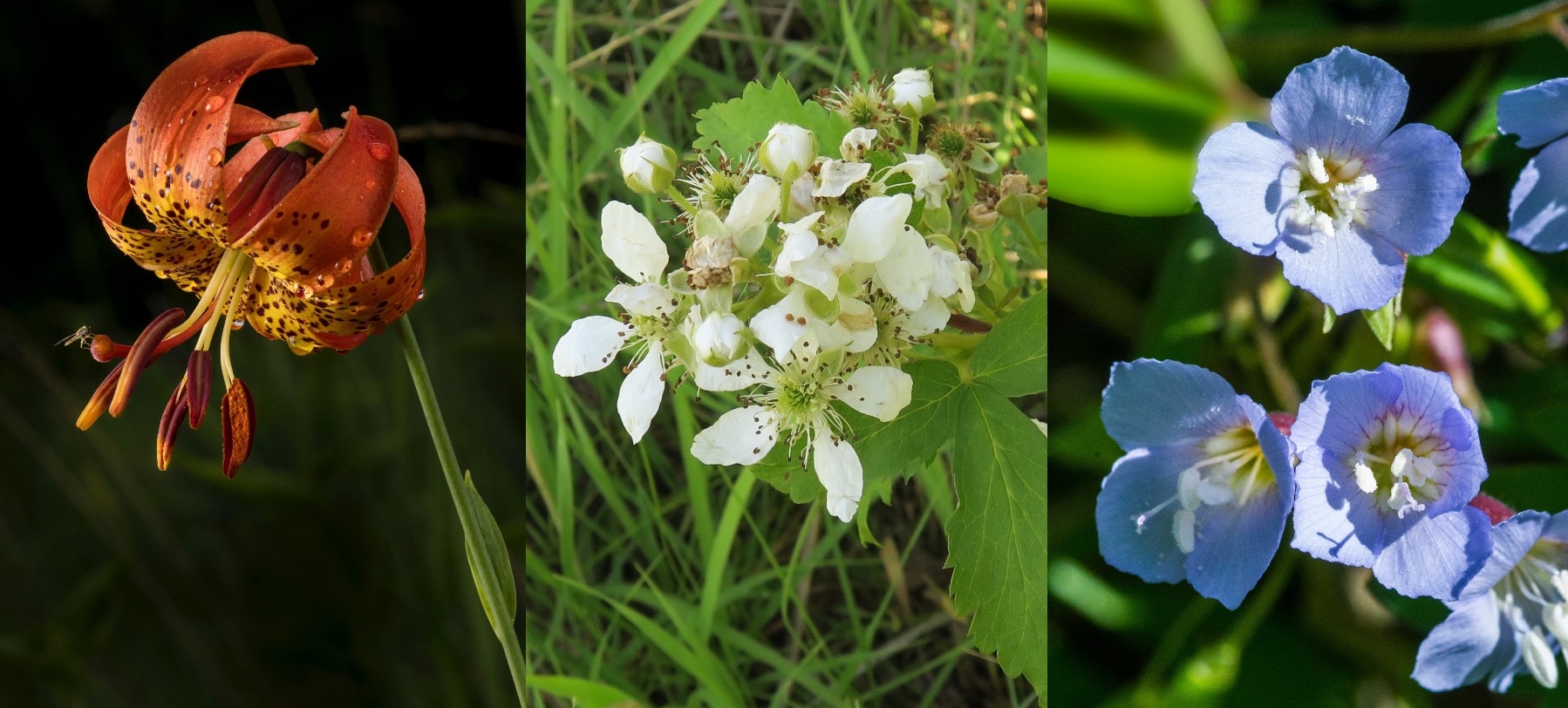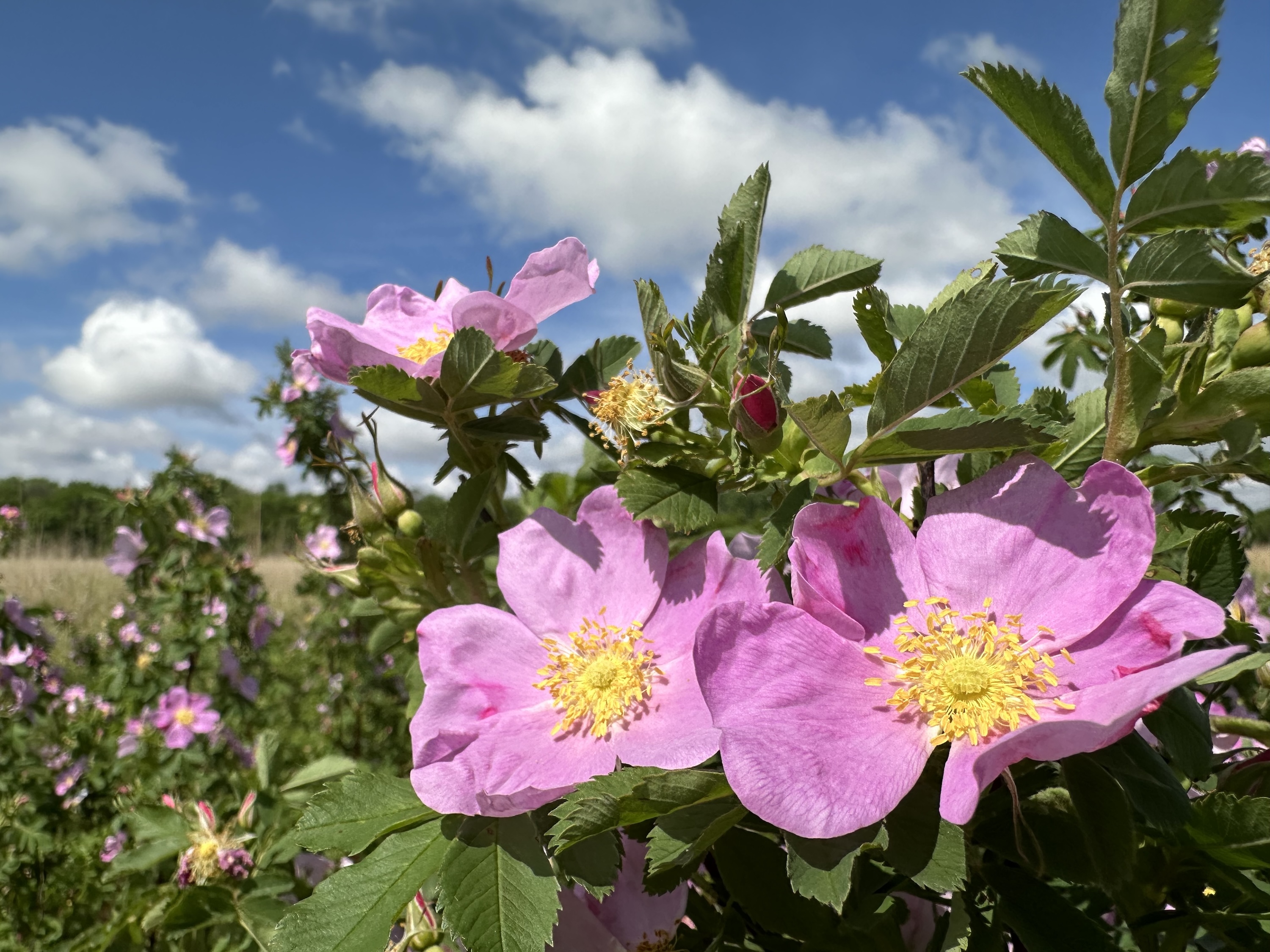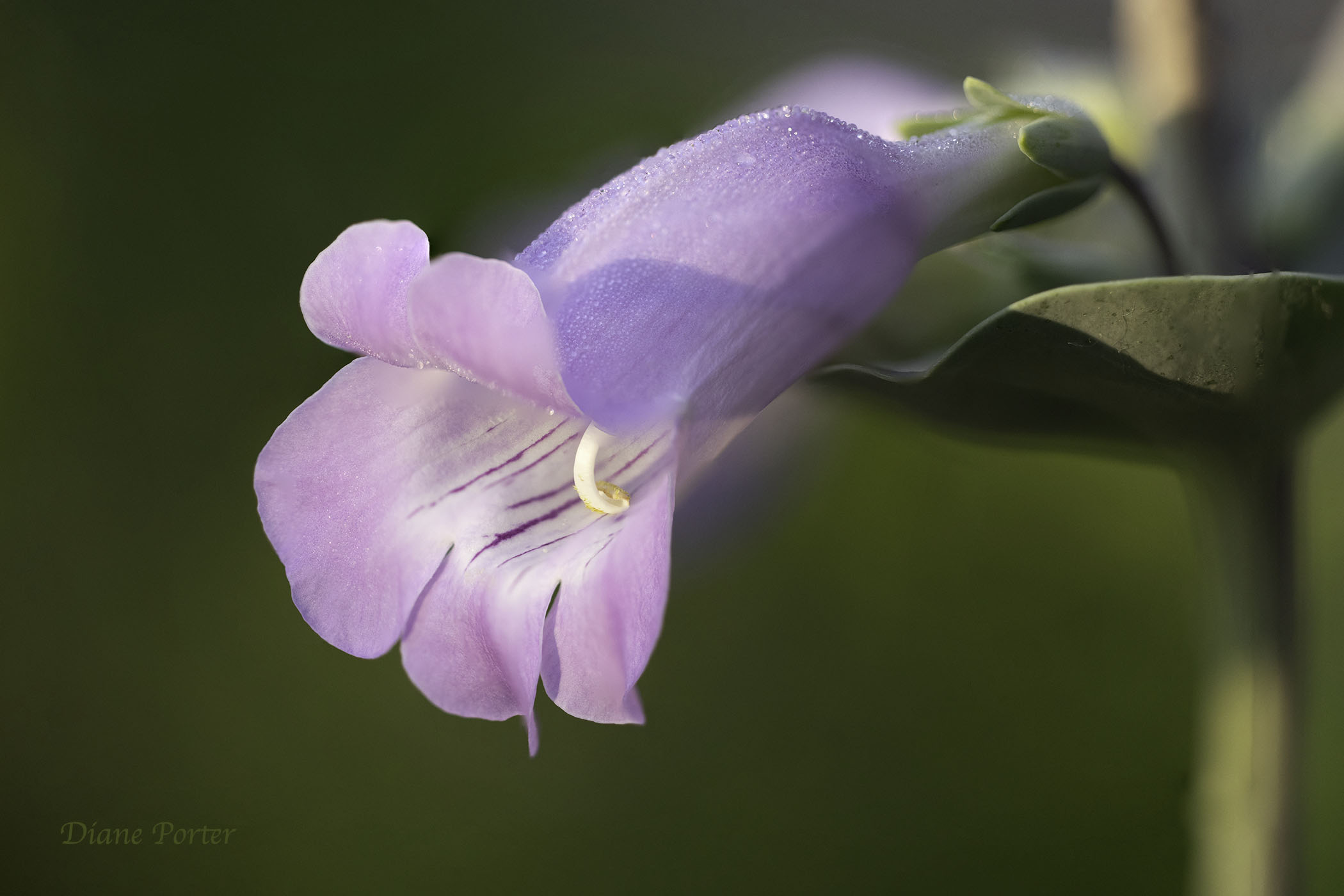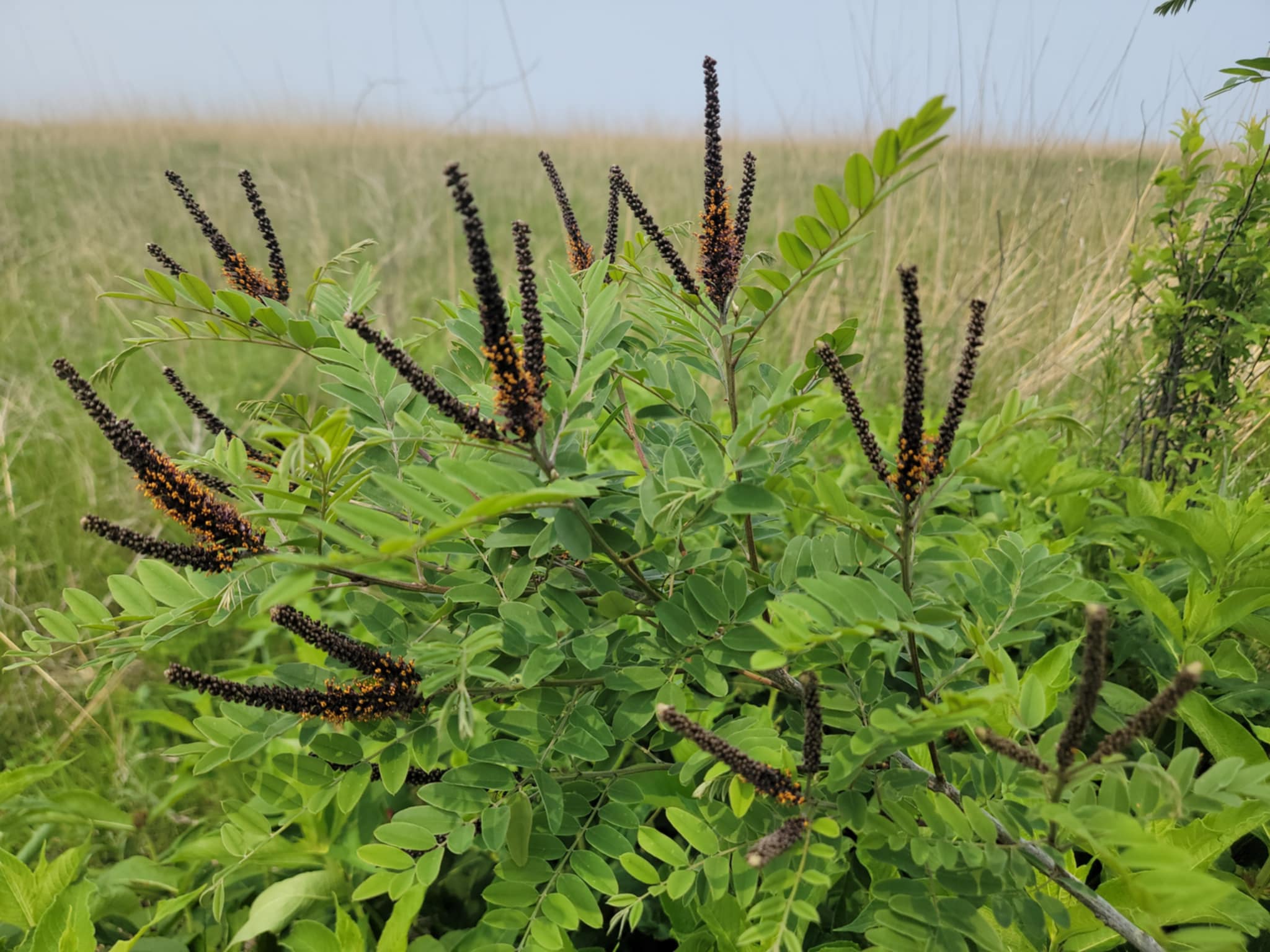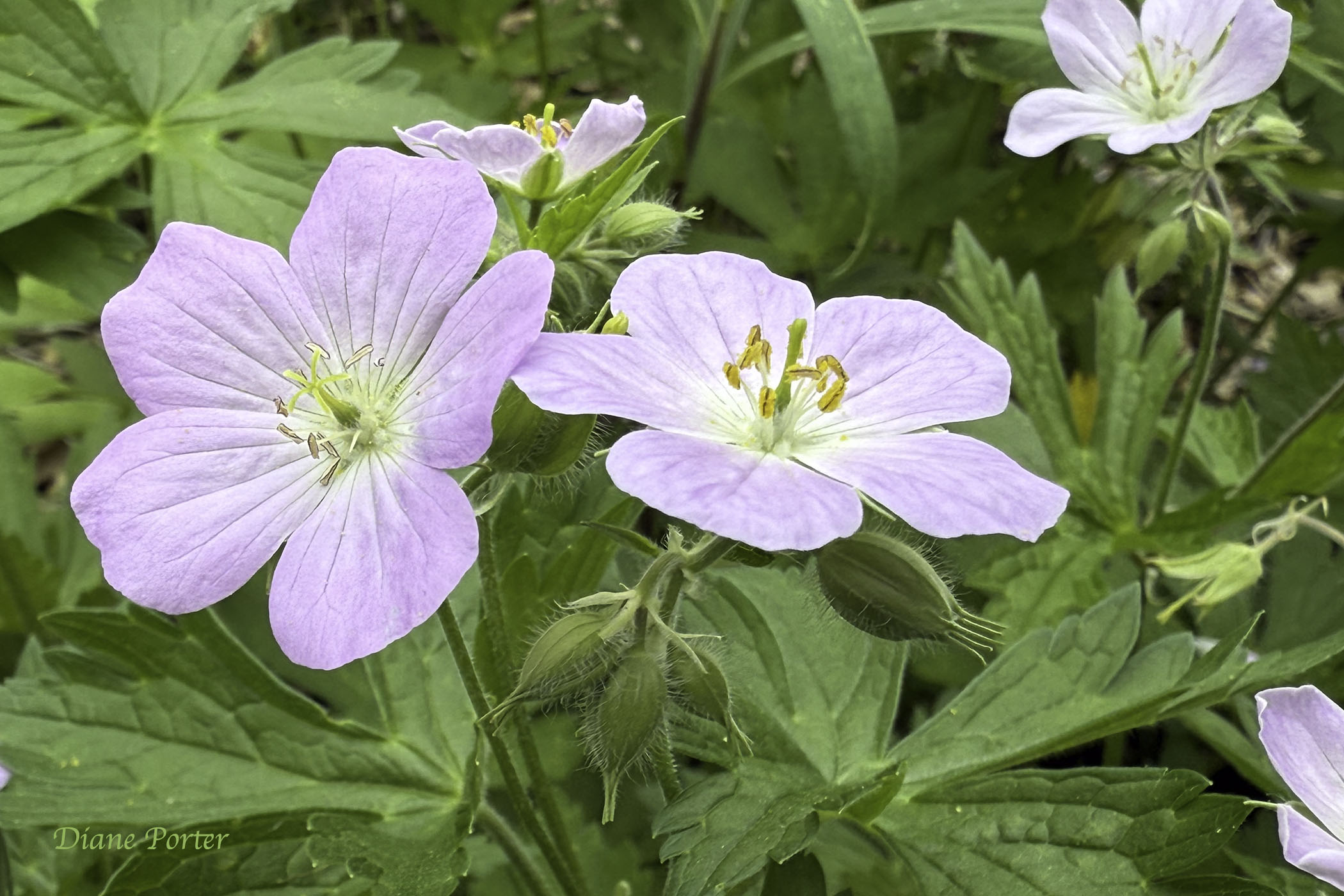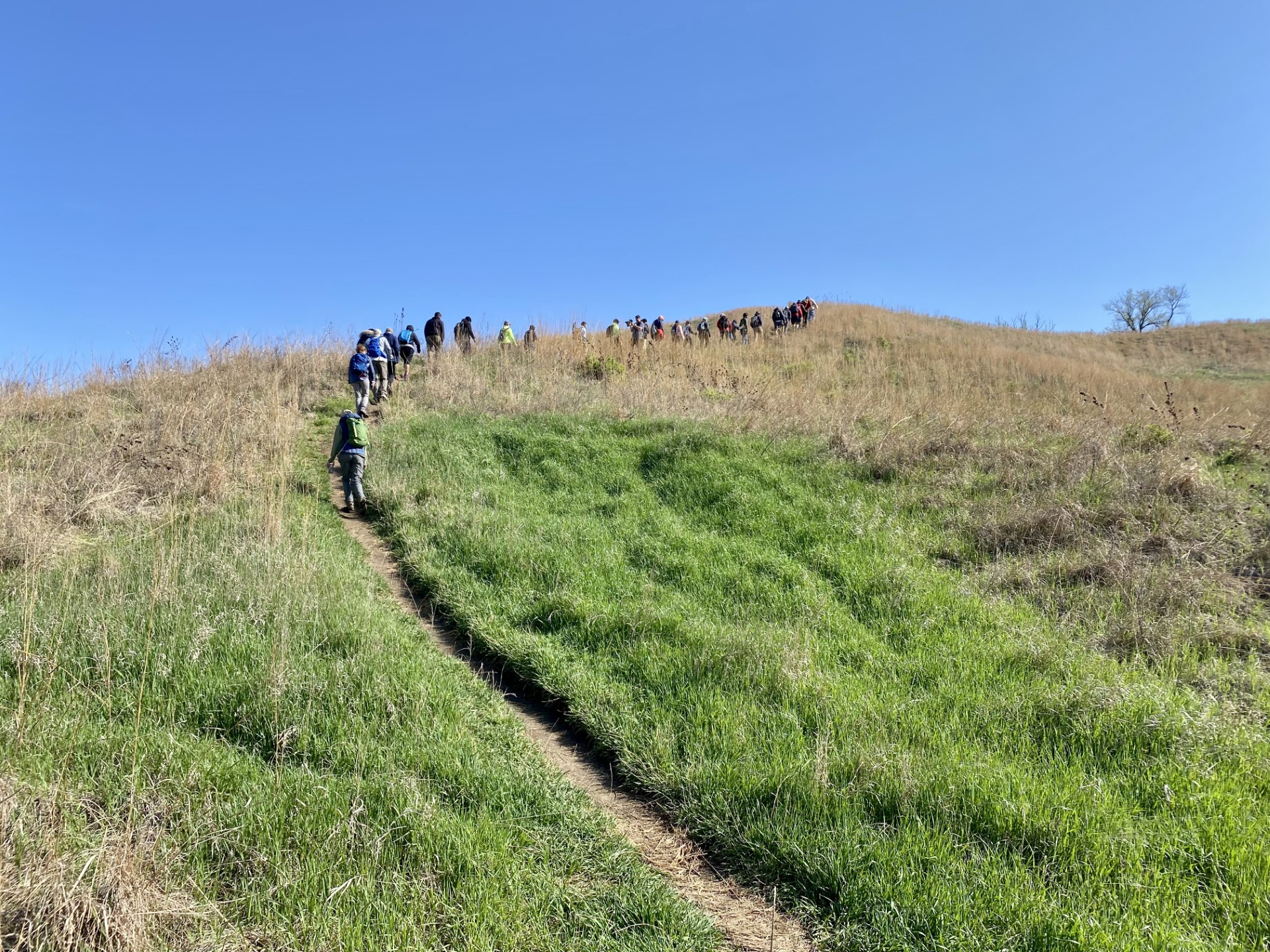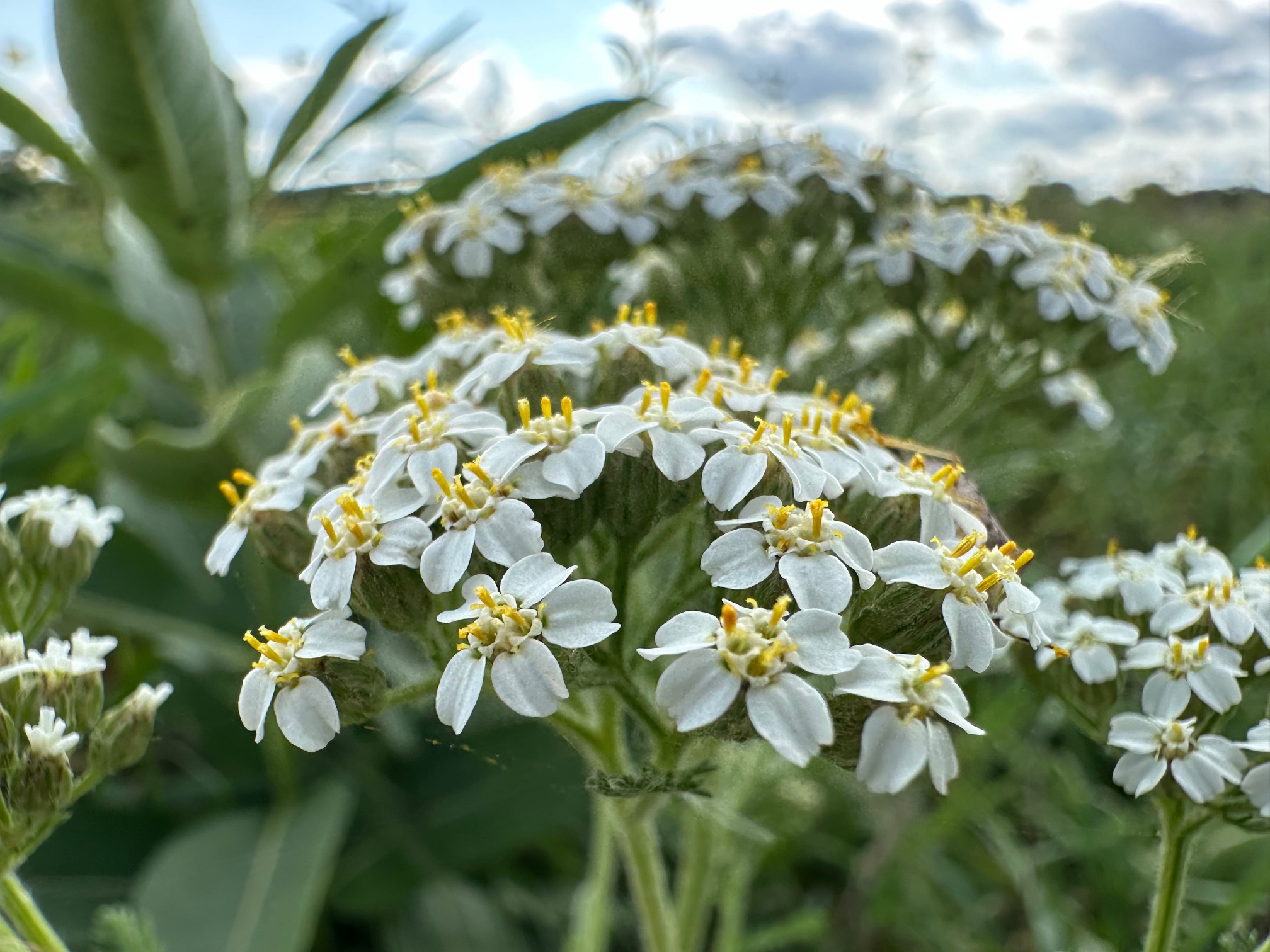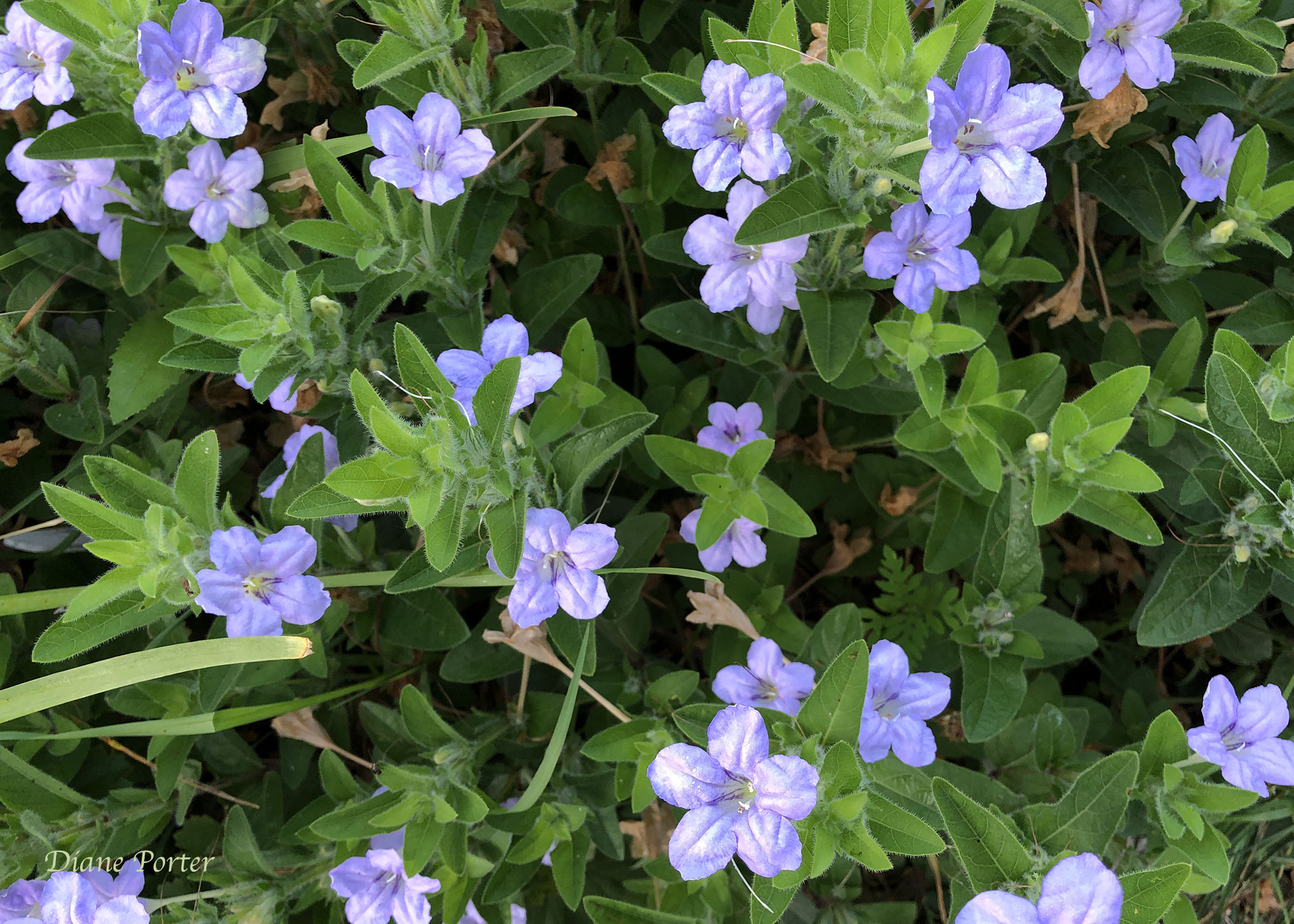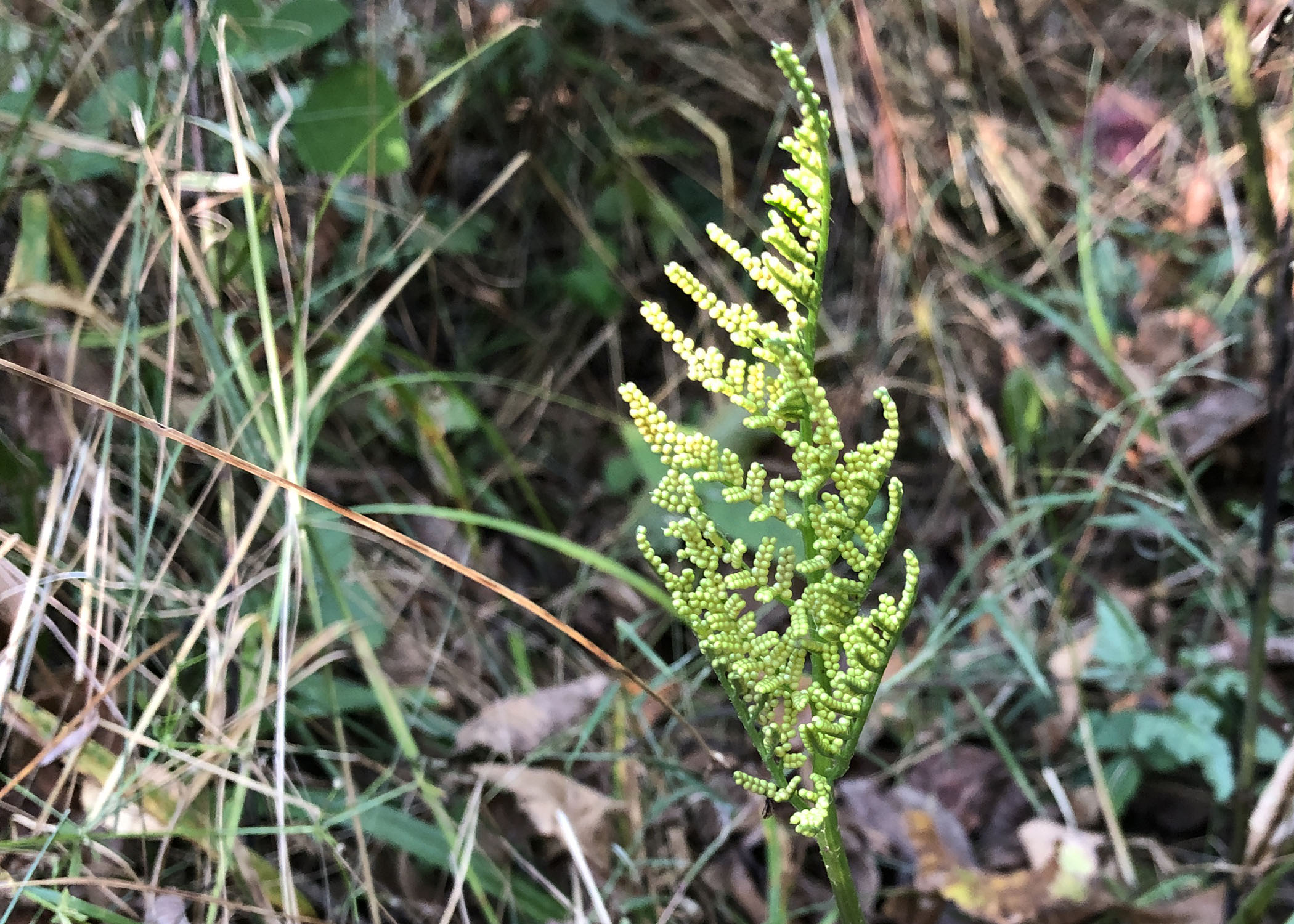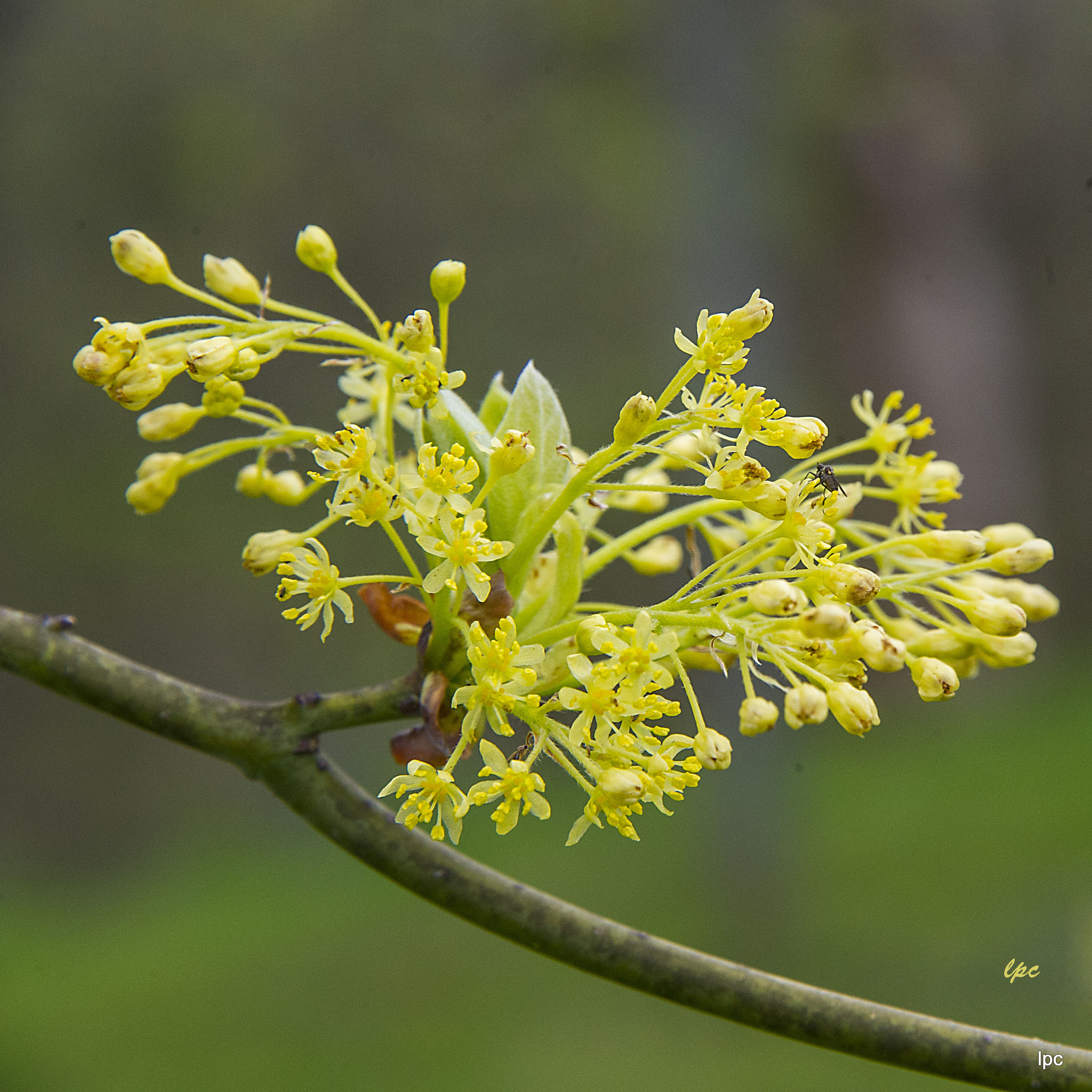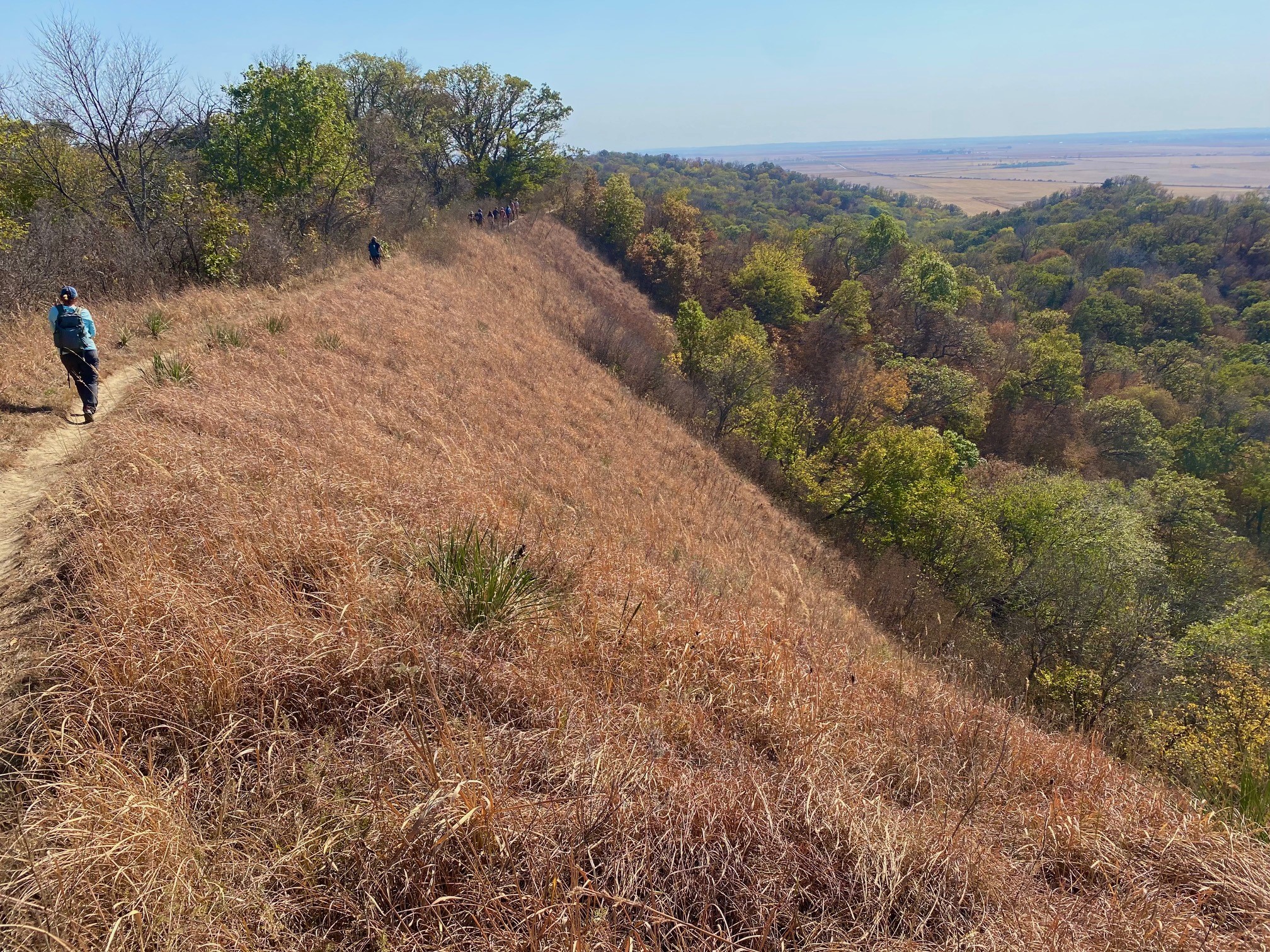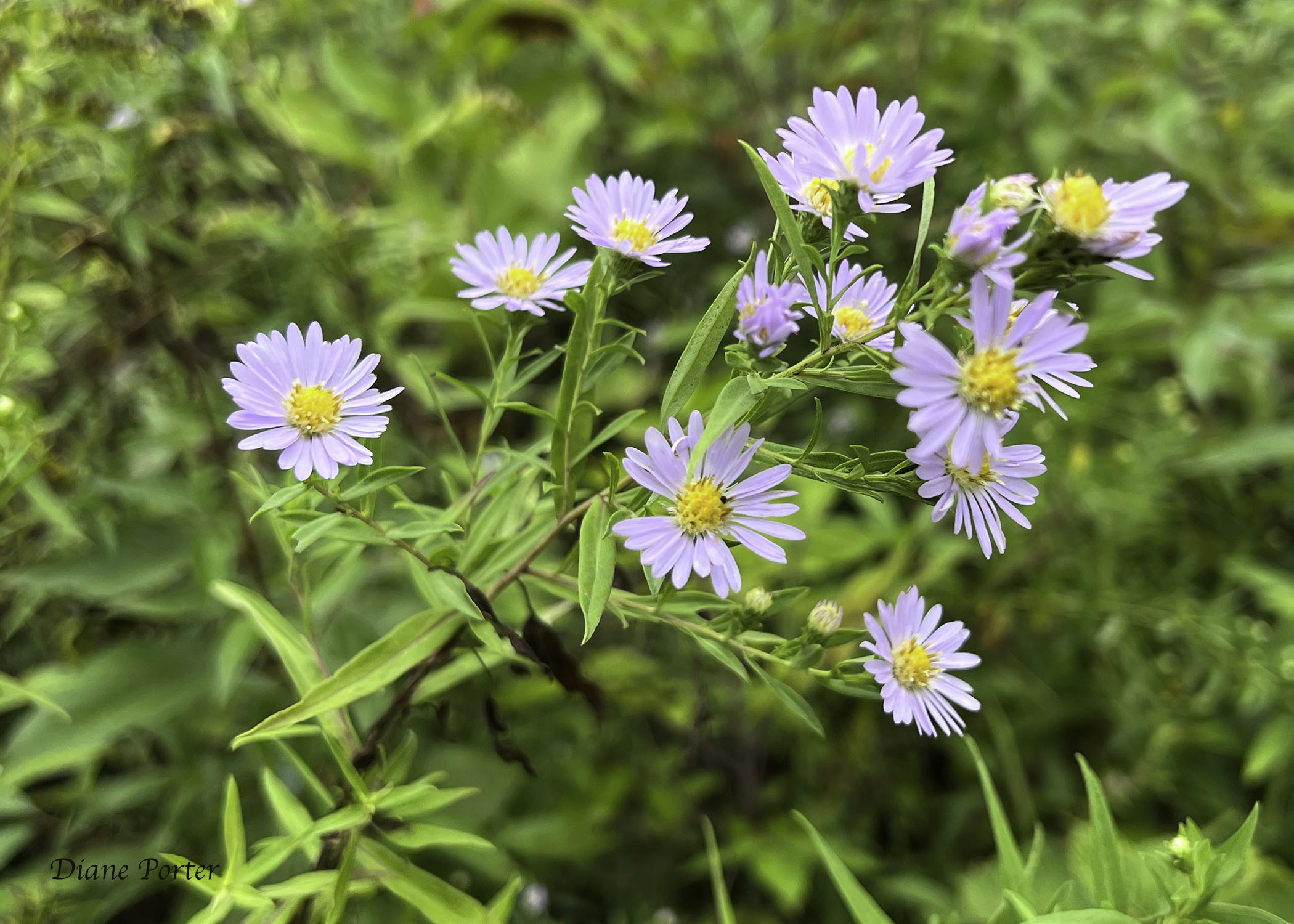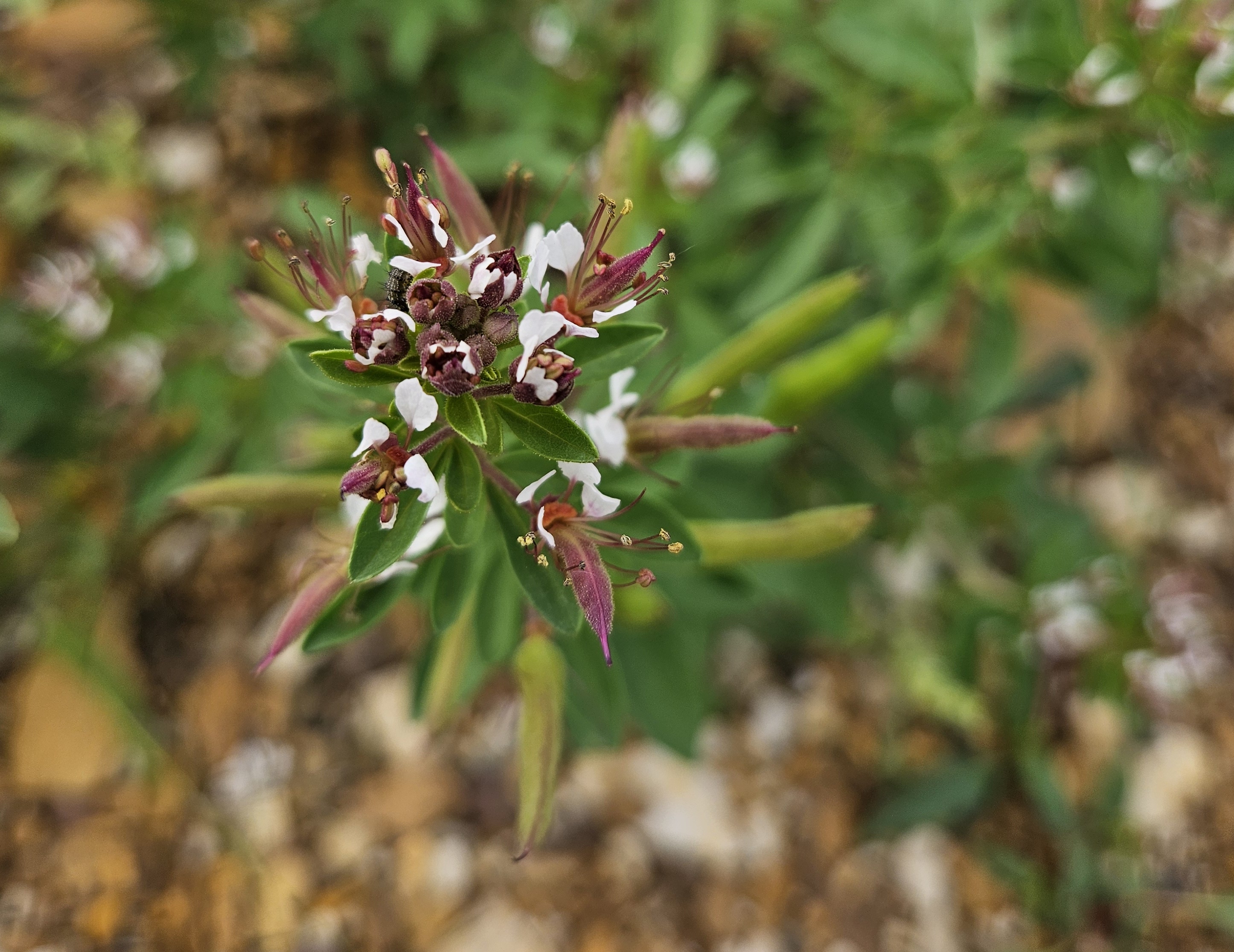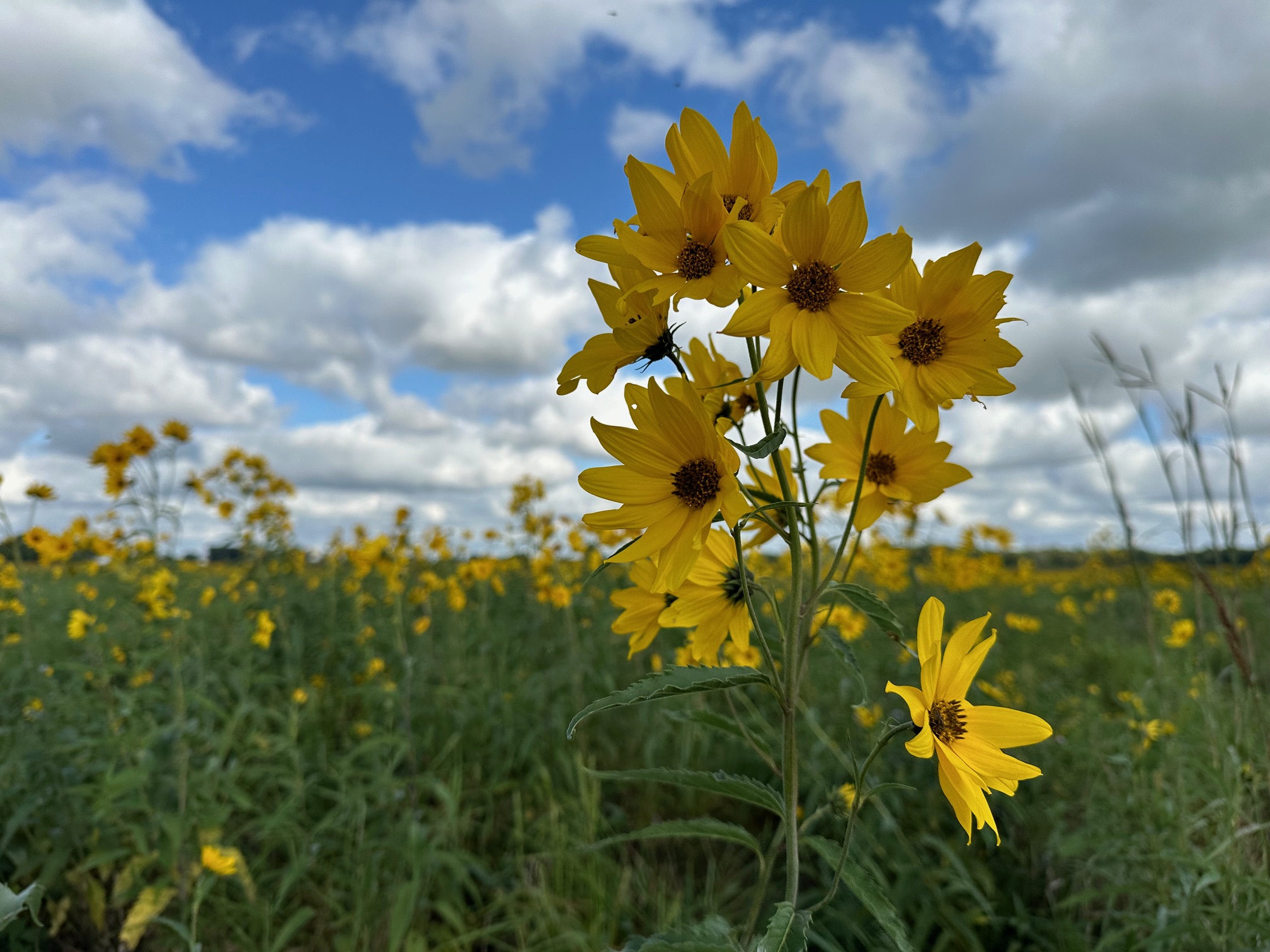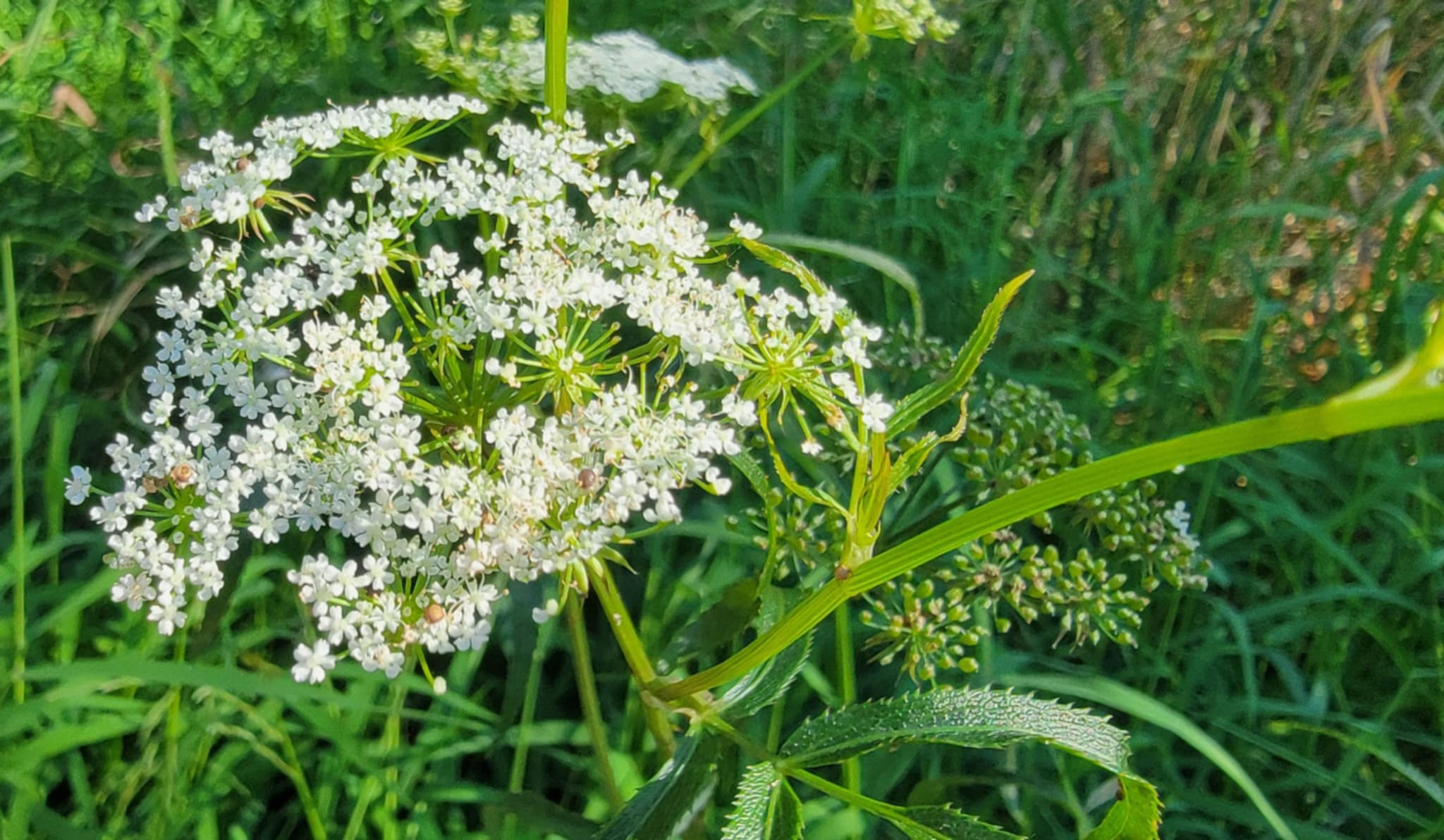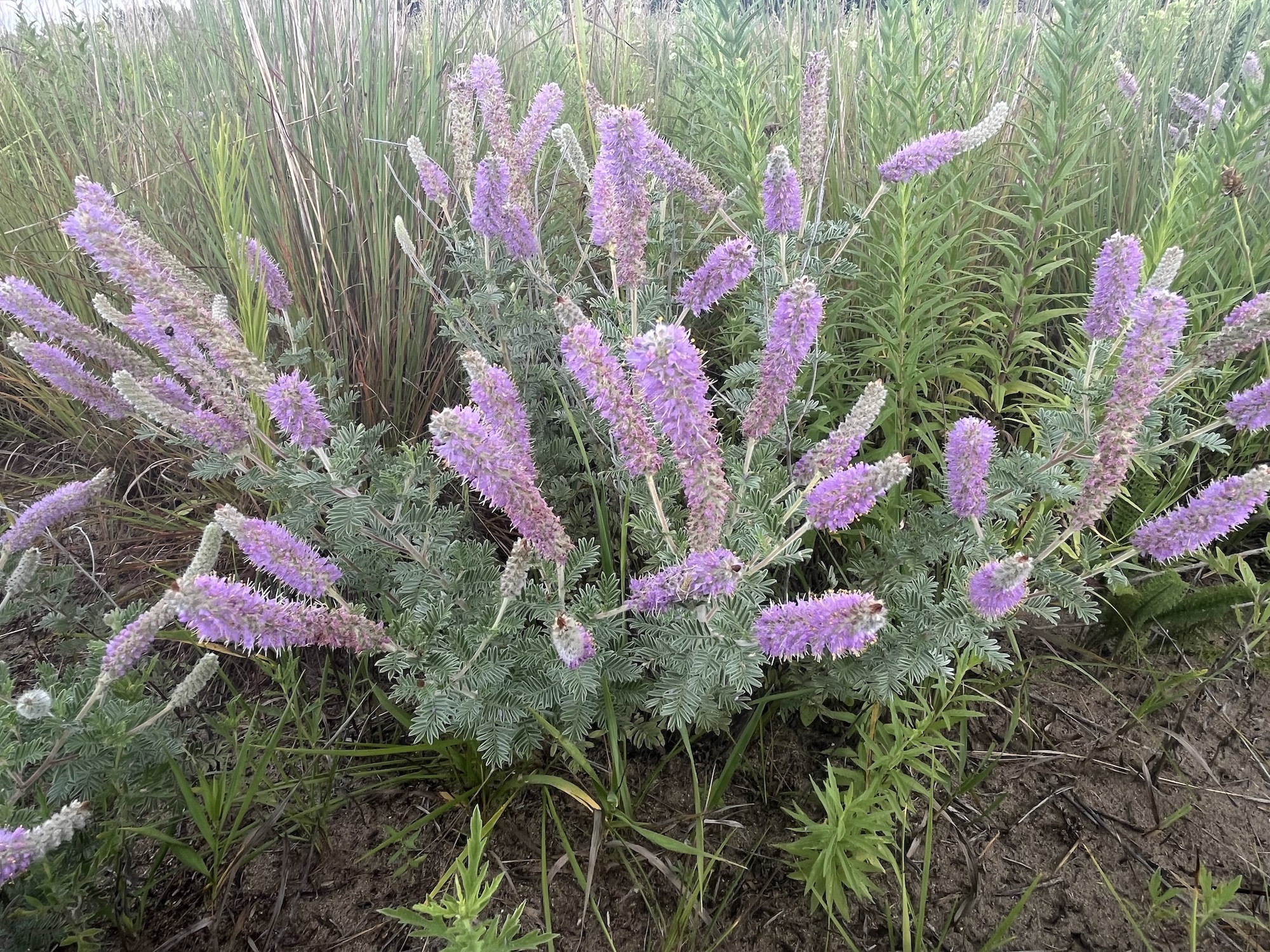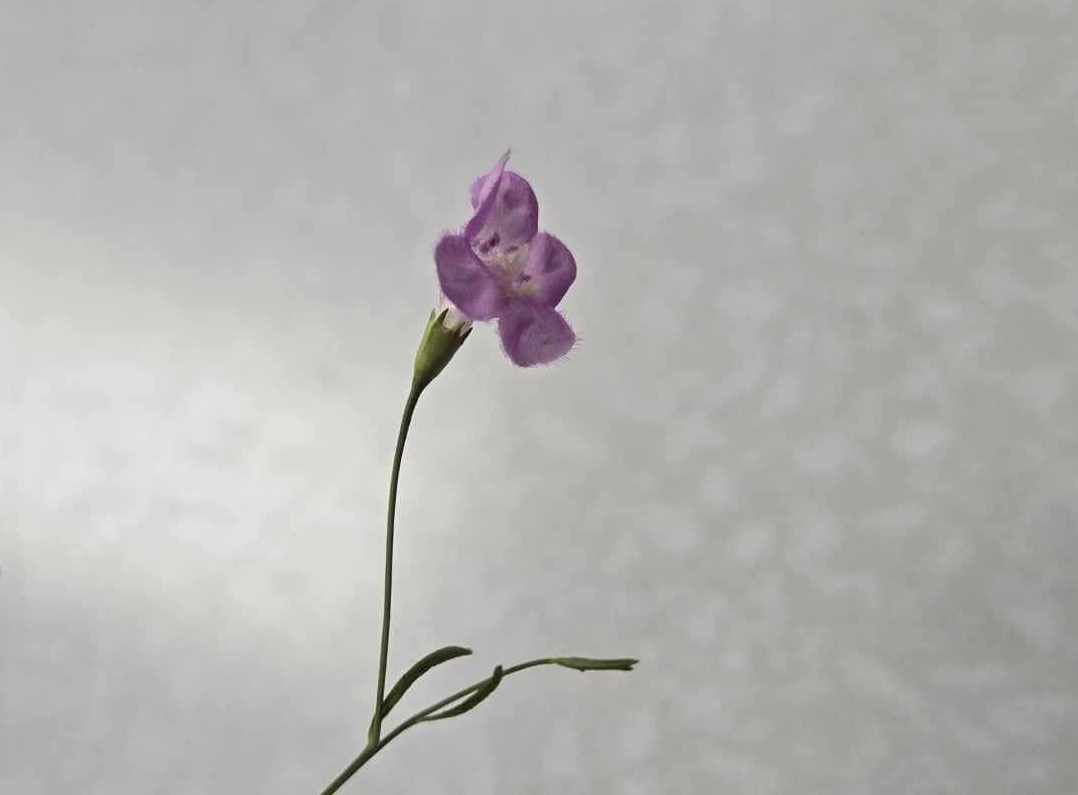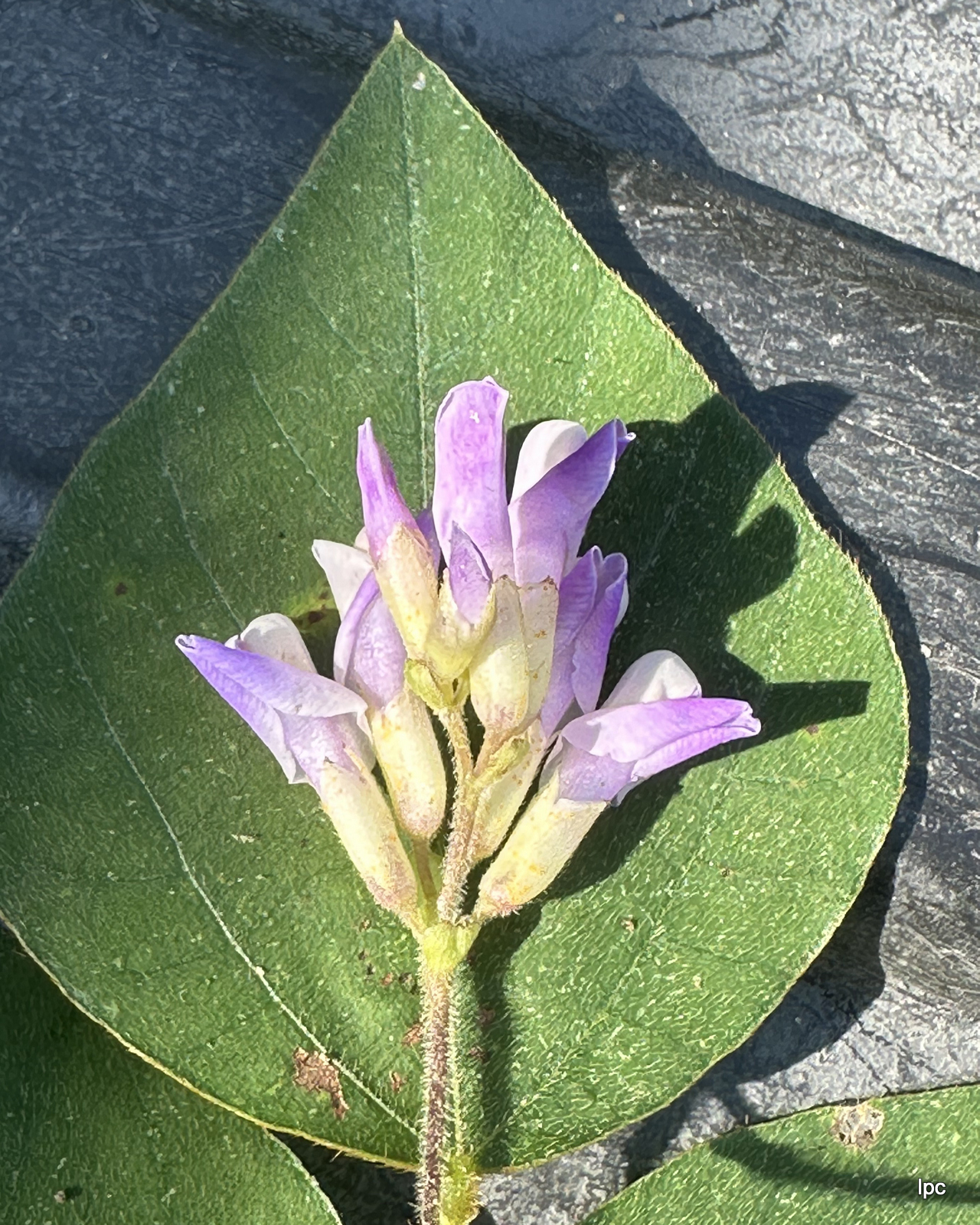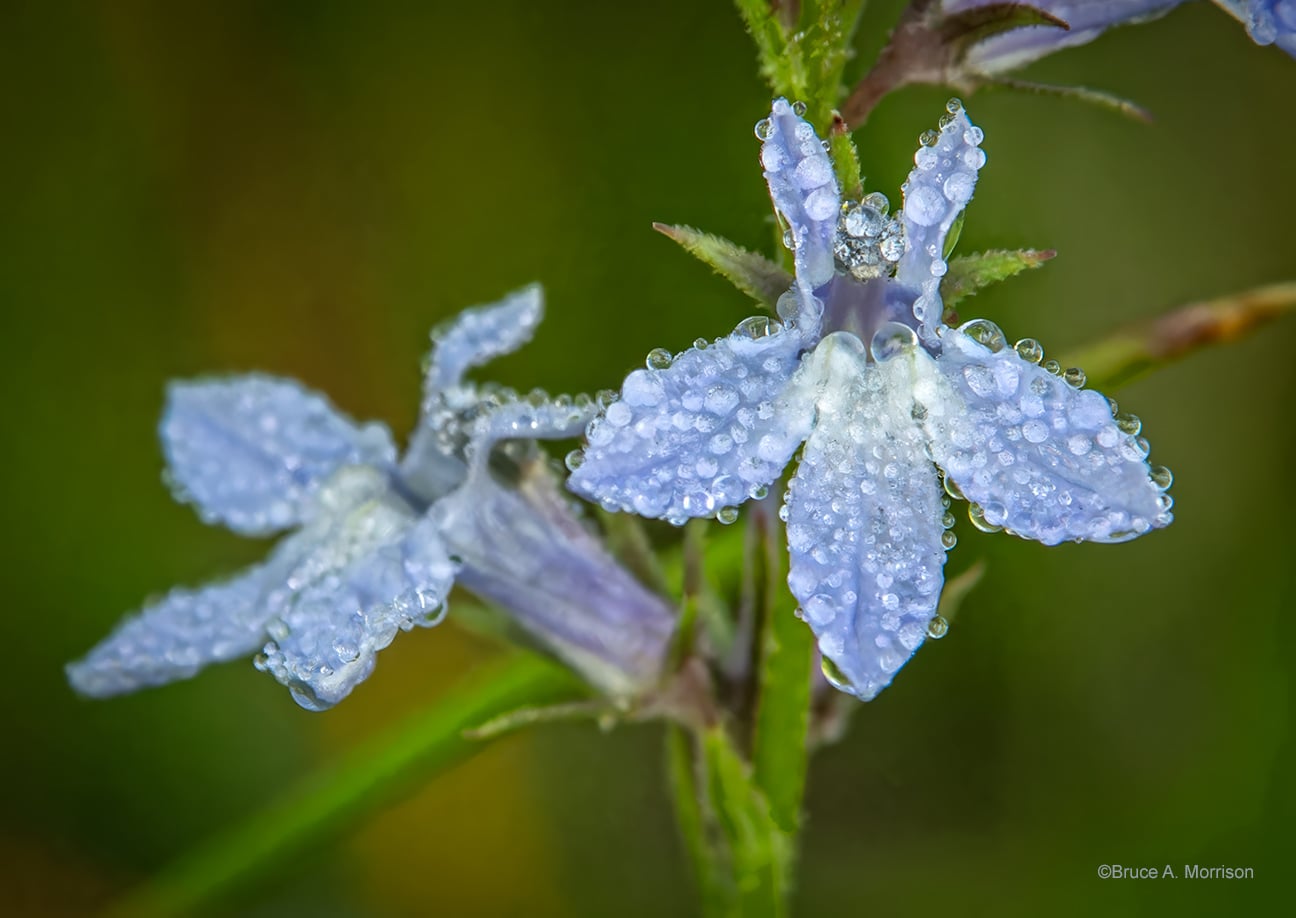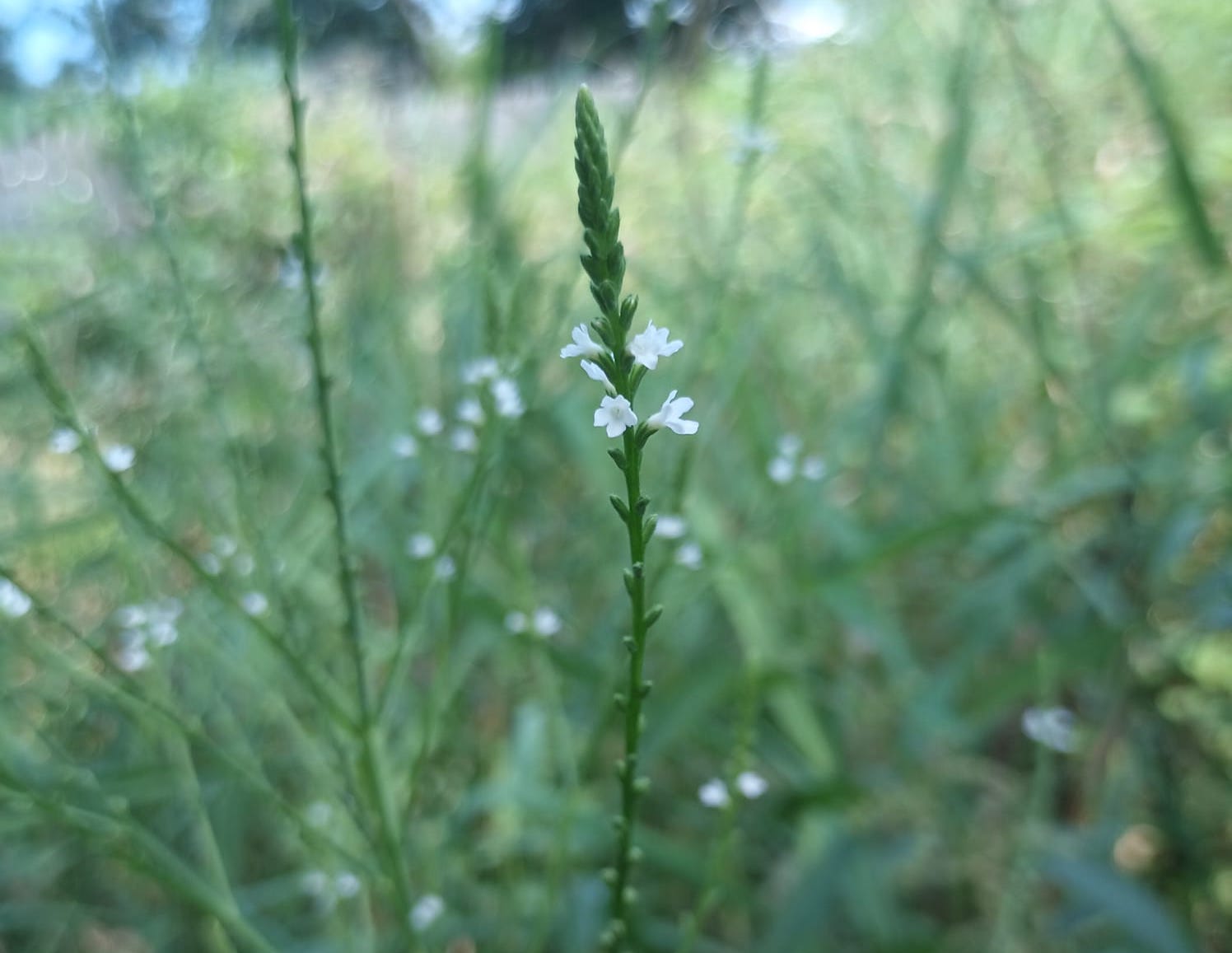When Thanksgiving arrives, it’s time to put this series on winter hiatus. Iowa wildflower Wednesday will return sometime during the spring of 2026.
Please reach out to me if you’d like to contribute wildflower photographs next year. Guest posts focusing on one species at different stages of development are always welcome, especially if you want to spotlight a plant never seen before on Bleeding Heartland, or not featured in more than five years. The full Iowa wildflower Wednesday archive is here, alphabetized by the plant’s common name.
I also enjoy publishing essays about many native plants found in one park or prairie, or along a particular trail. You can find lots of inspiration in the posts linked here.
The Iowa wildflower enthusiasts Facebook group remains active year-round, for anyone seeking a break from social media negativity, help with plant IDs, or advice on what to do with your seeds or garden over the winter.
My long list of things to be thankful for includes a fantastic group of guest authors and photographers. (Scroll through the “wildflowers” tag to see their work.) I enclose below a collection of photos by Jeff Ewoldt, who recently found many plants still blooming in central Iowa. Sometimes, unusually warm autumn weather can produce new flowers on plants that normally bloom in the spring or summer.
Wishing you health, happiness, and good food over this long holiday weekend.
Continue Reading...
